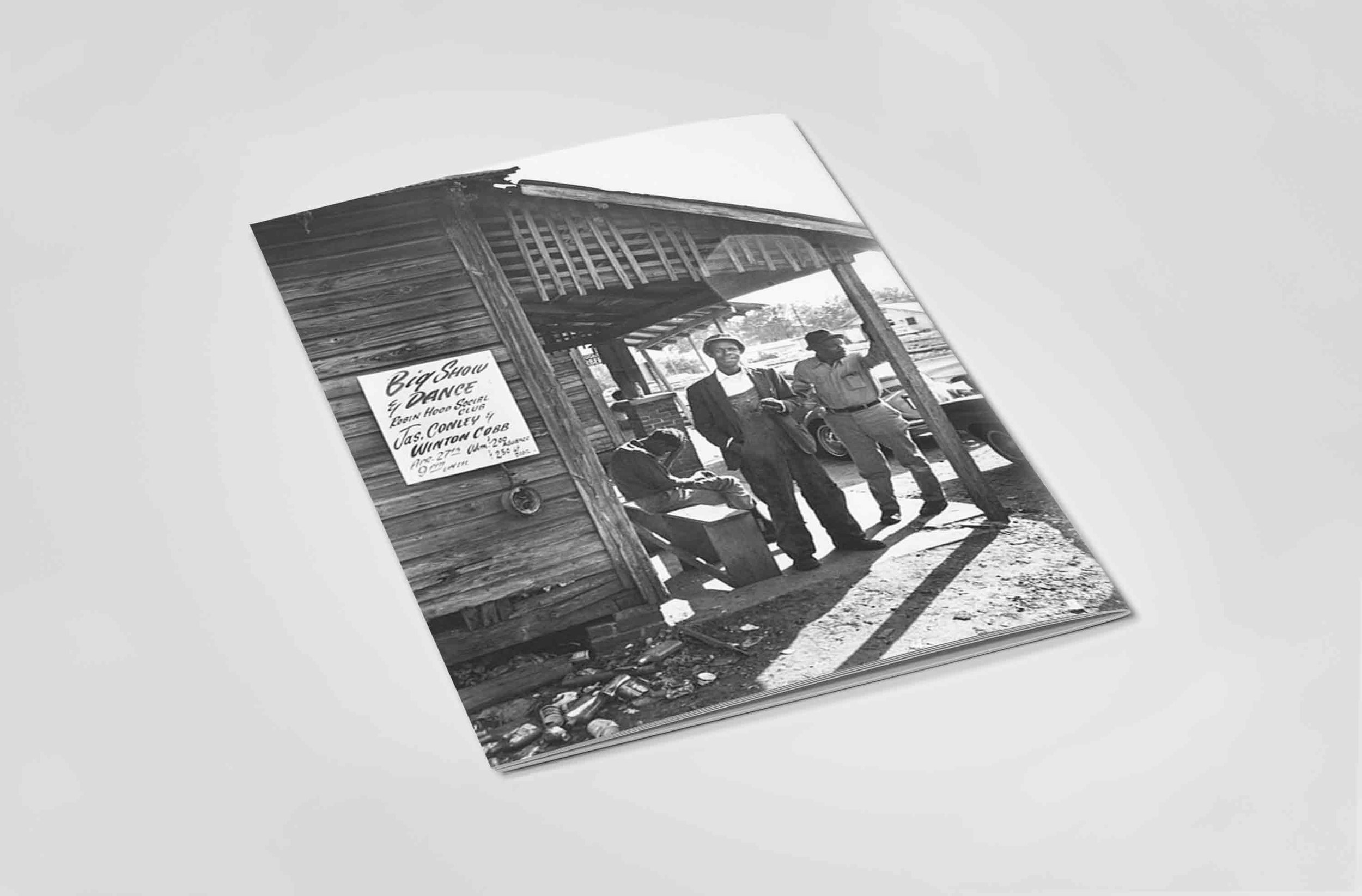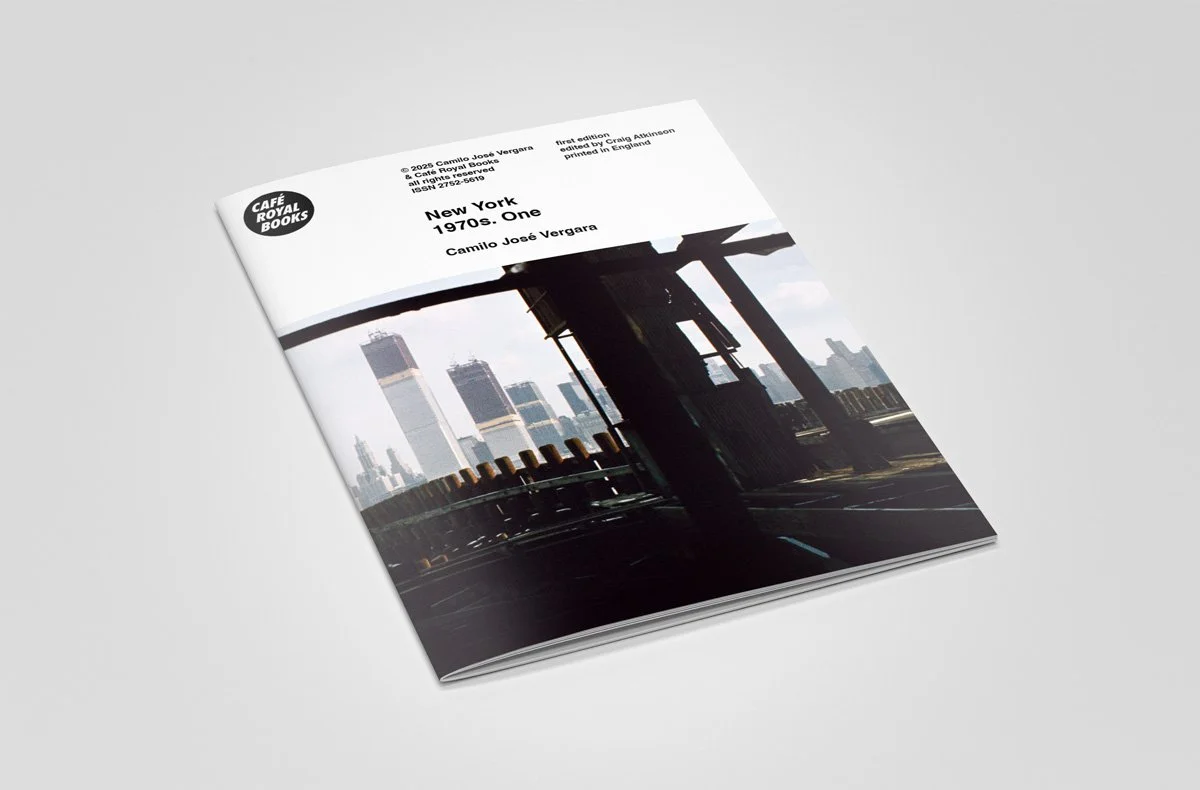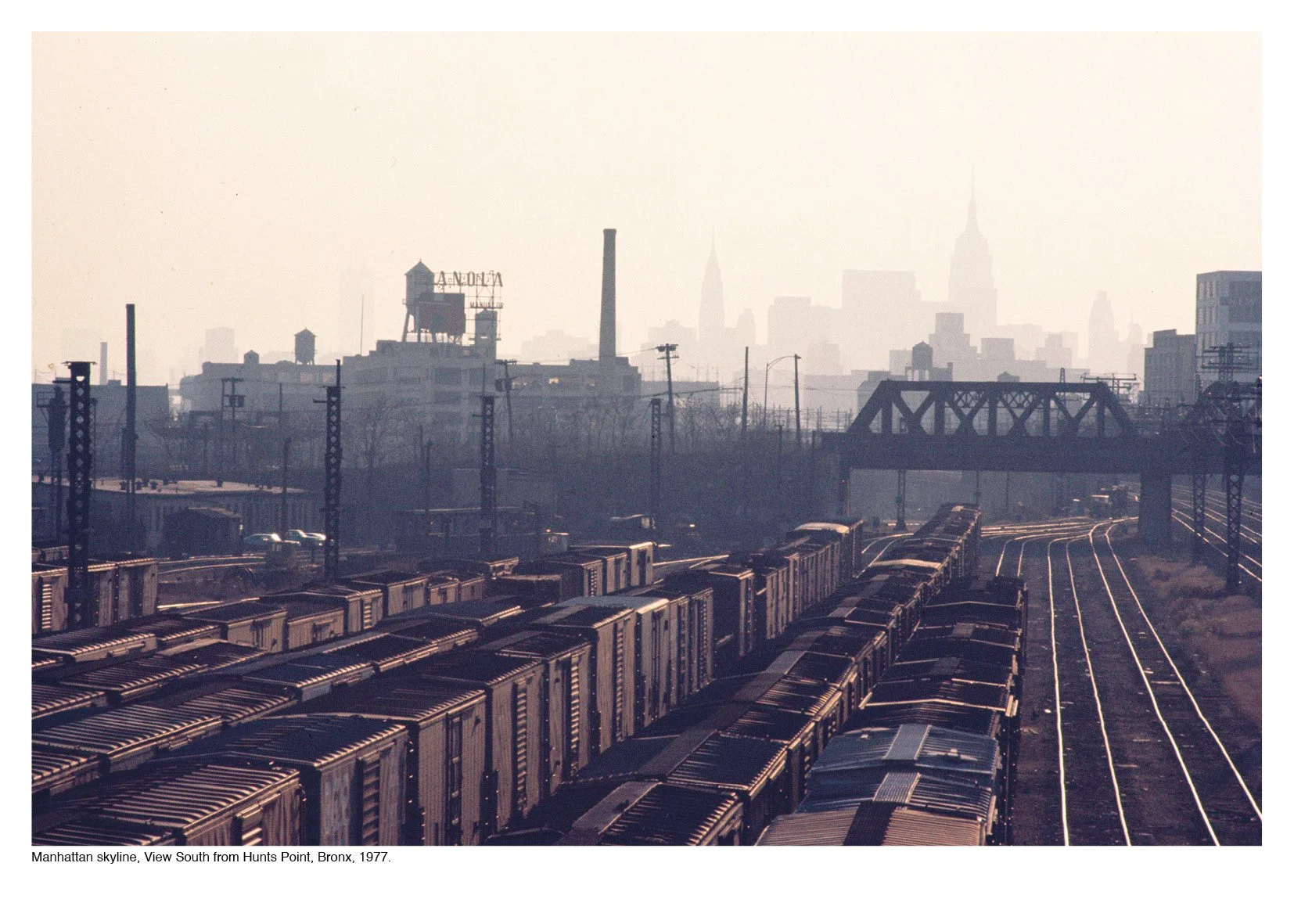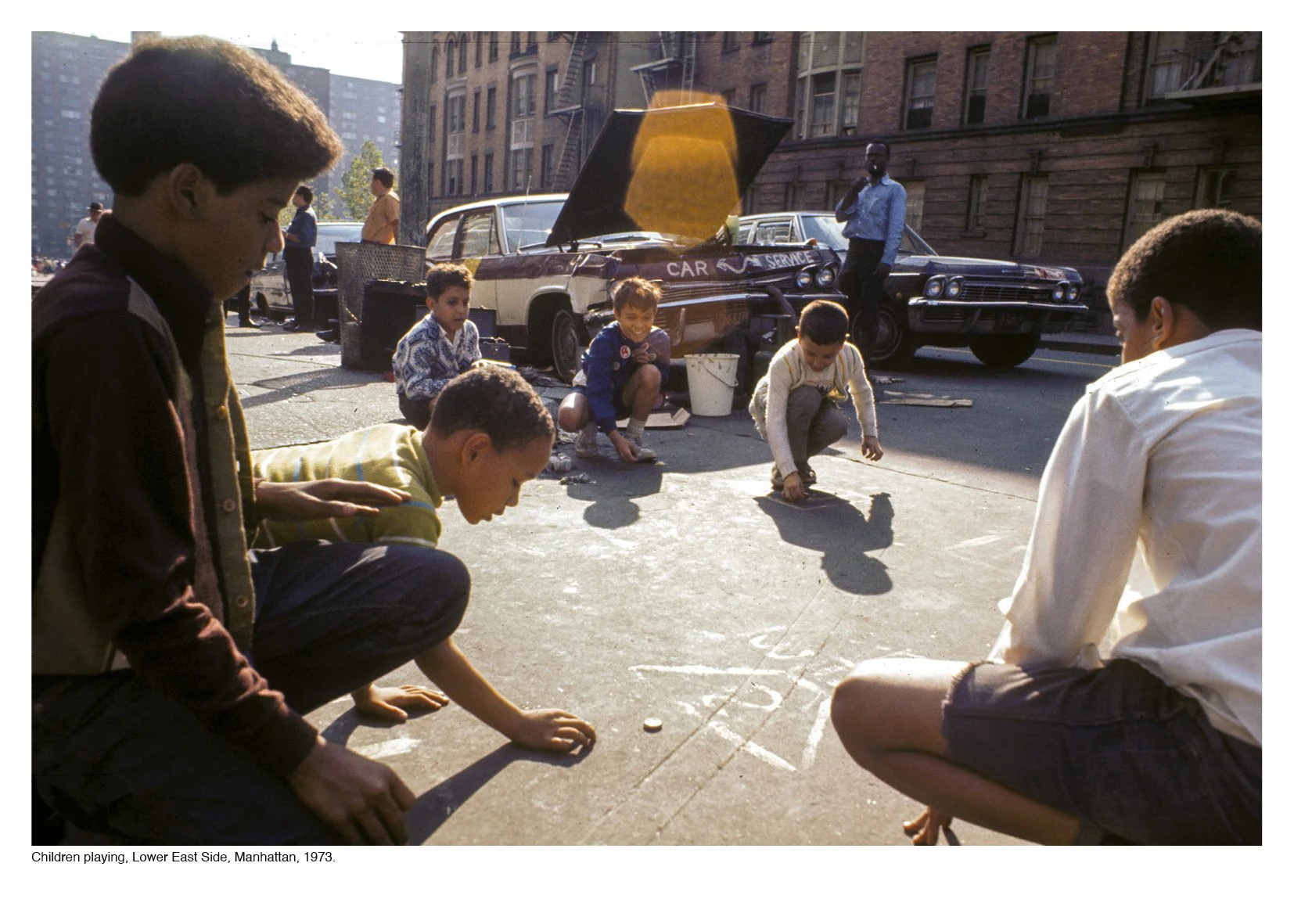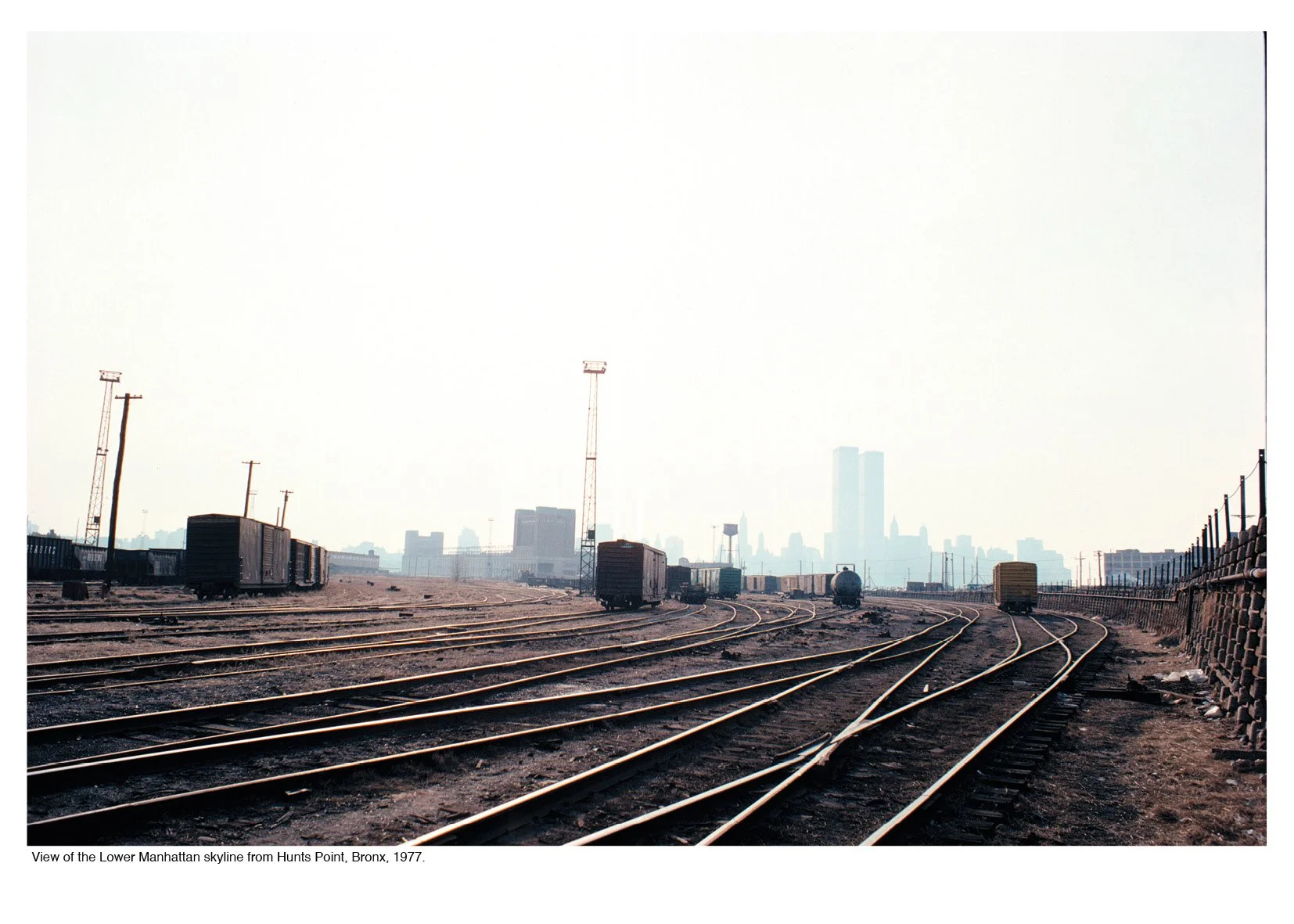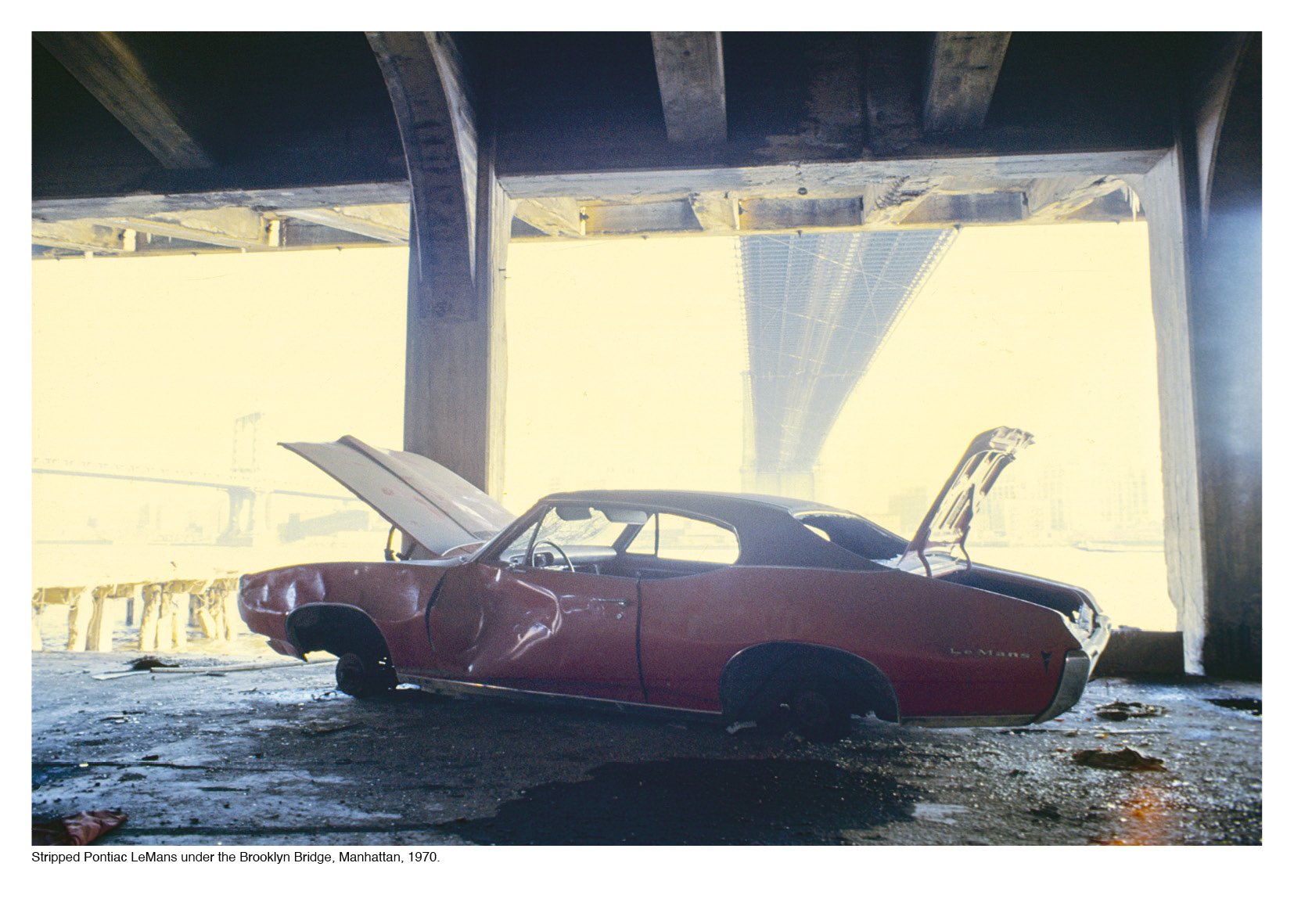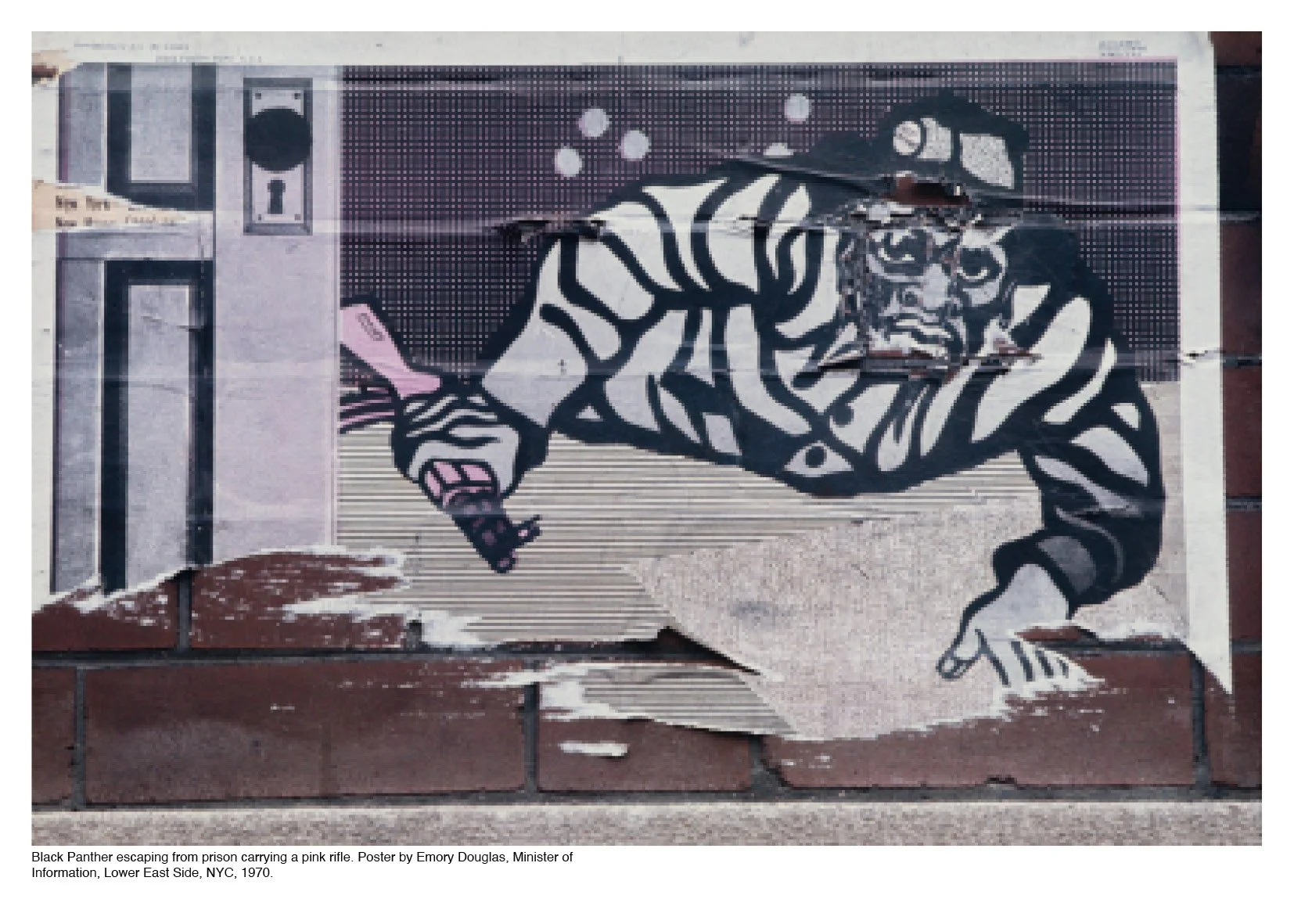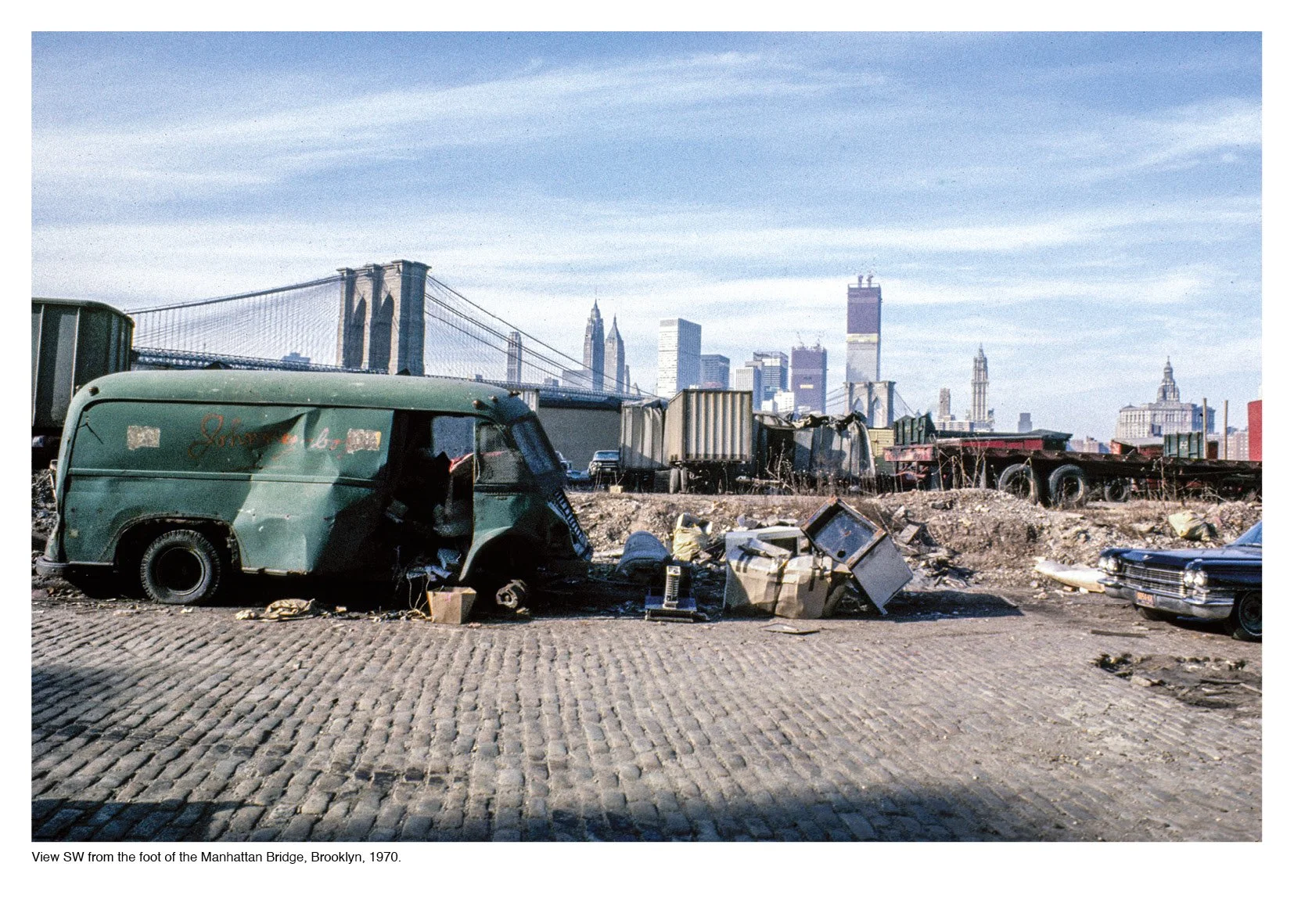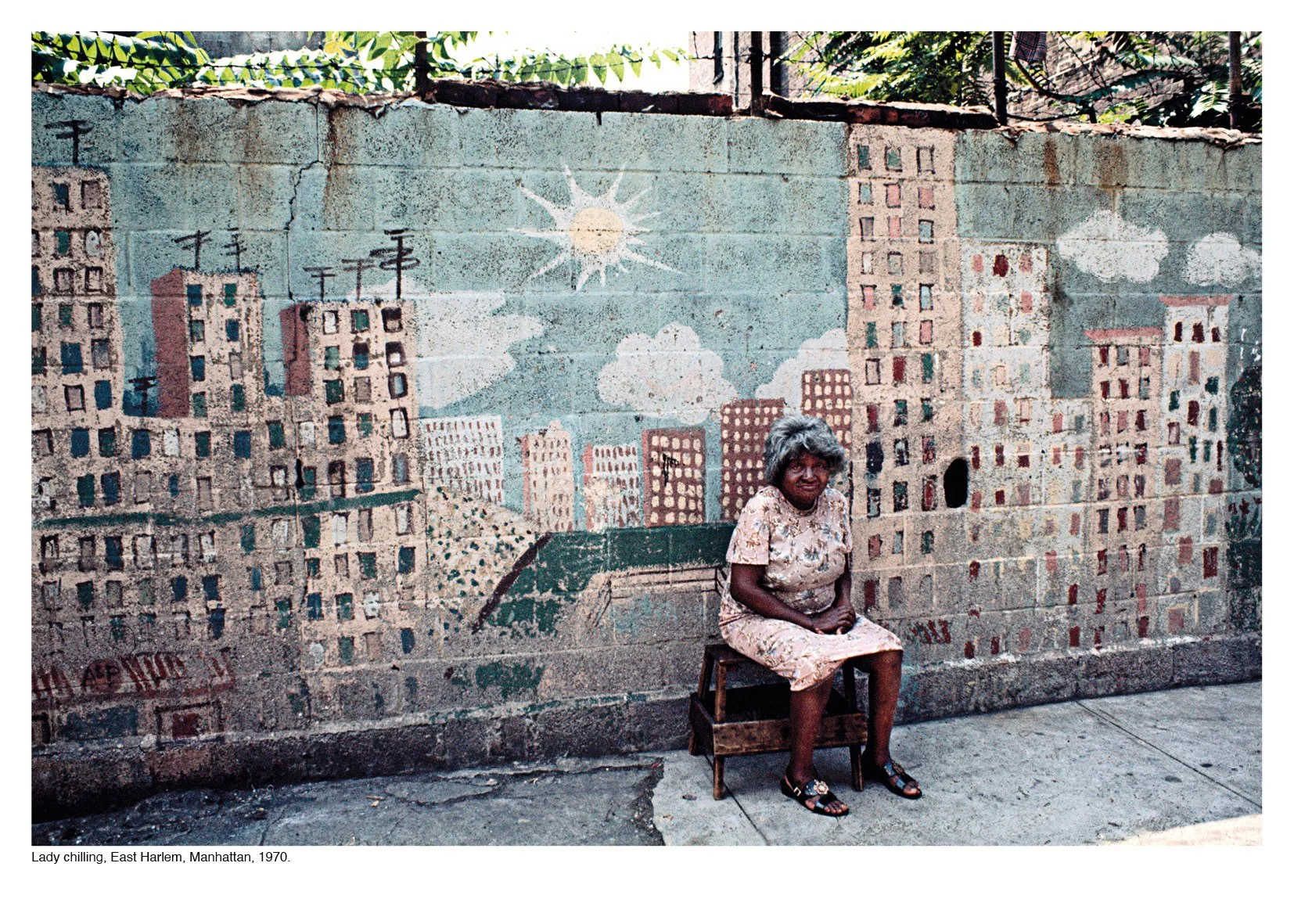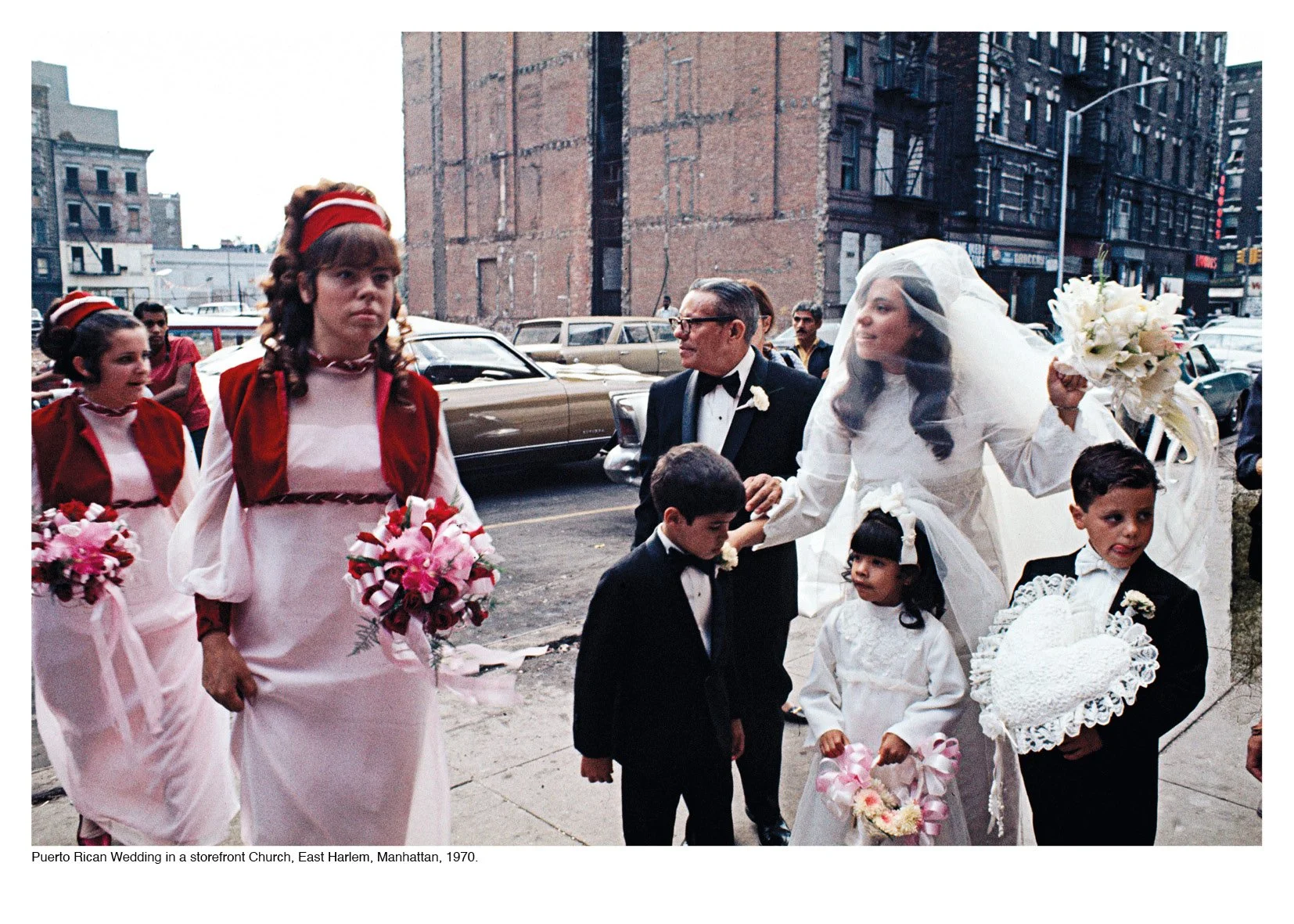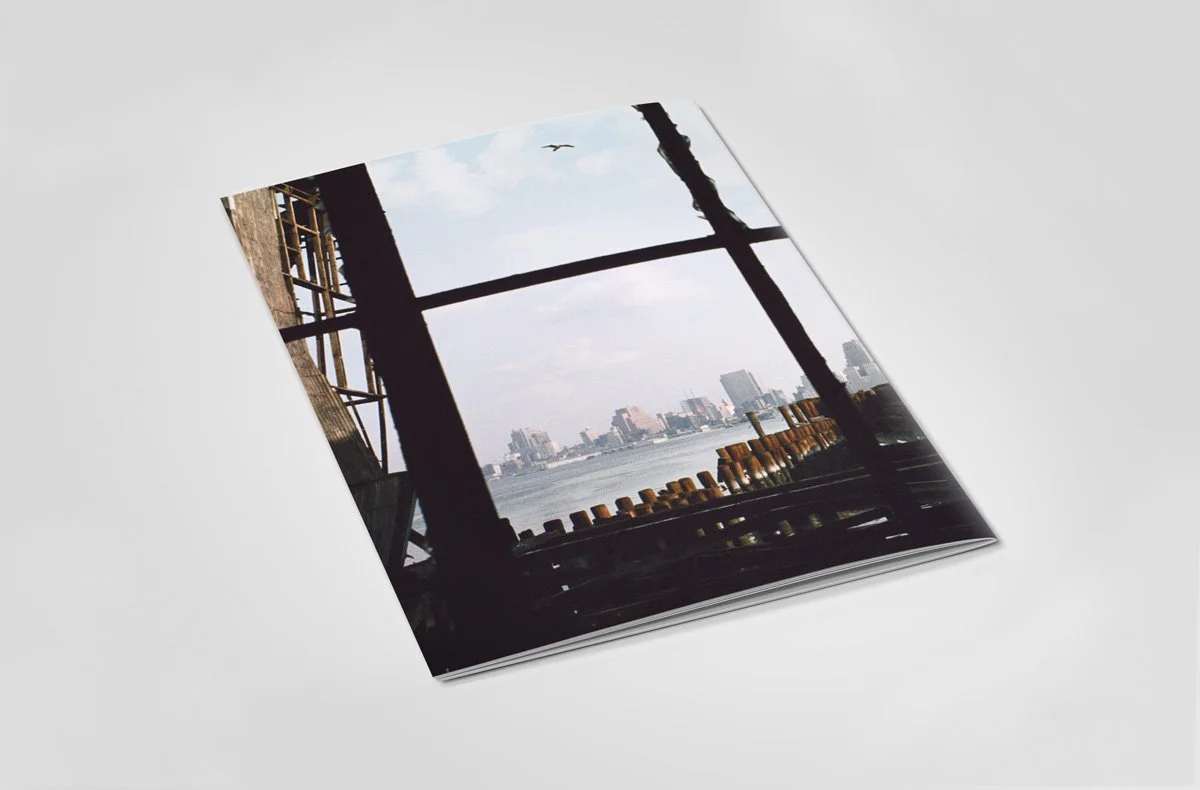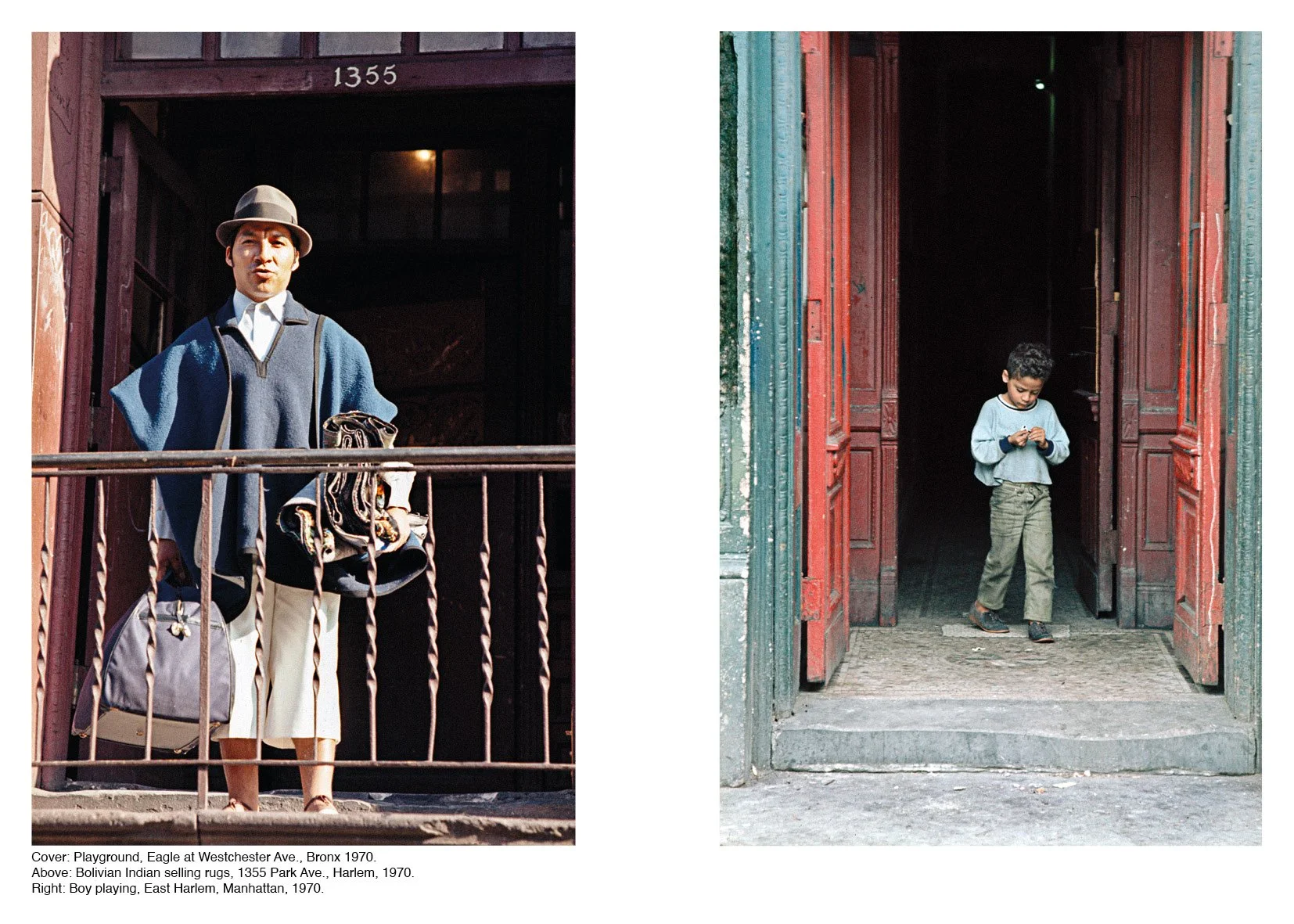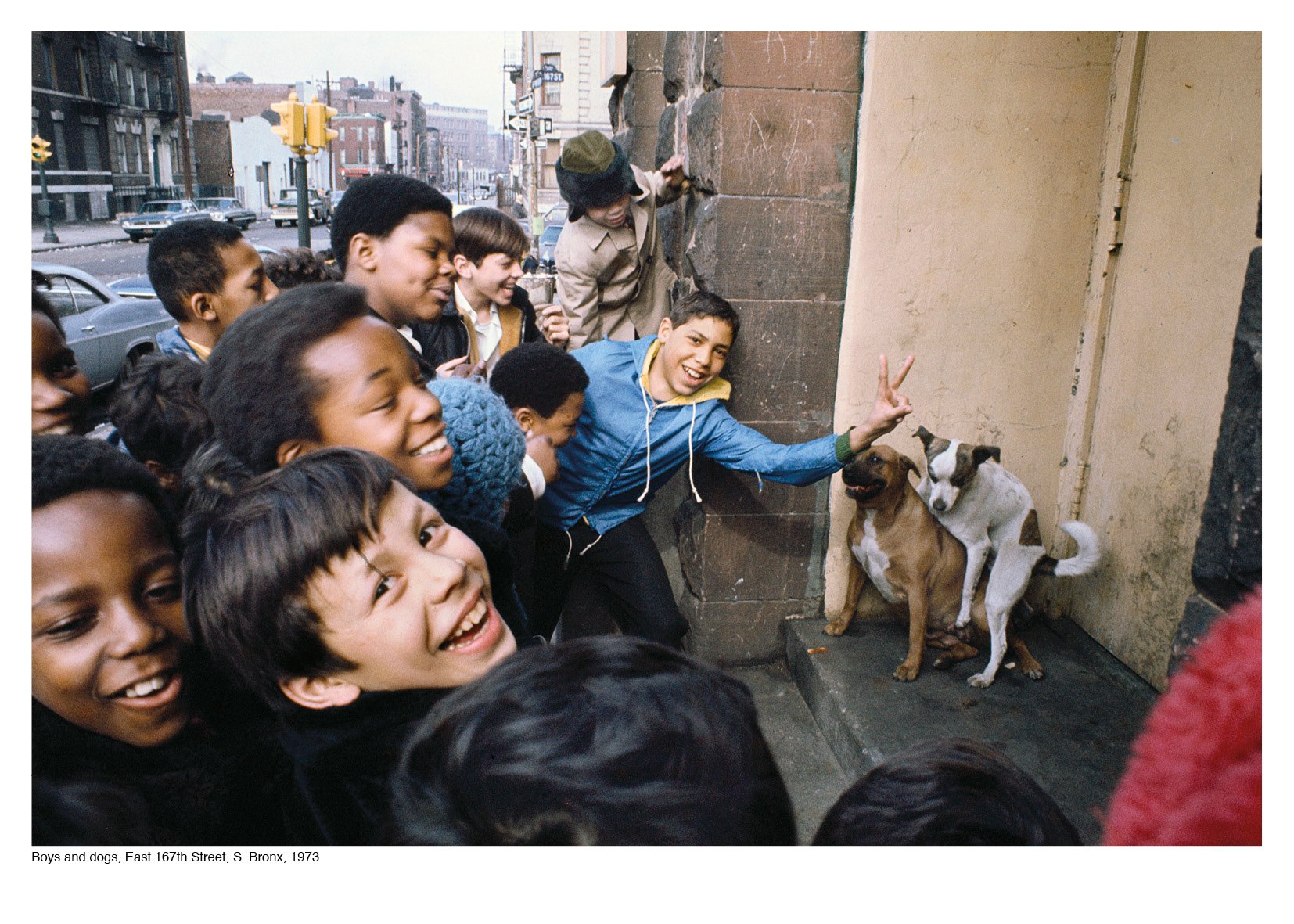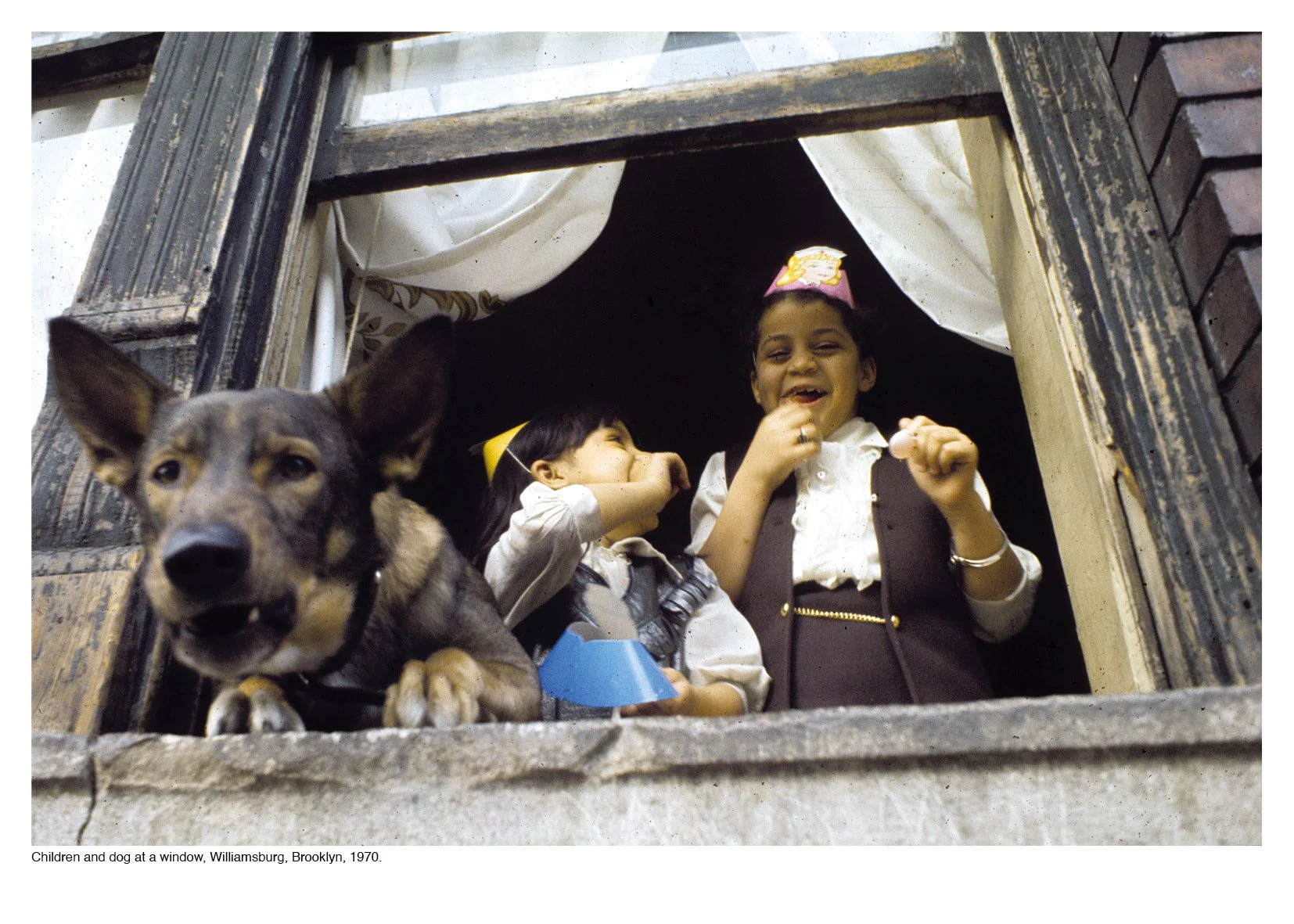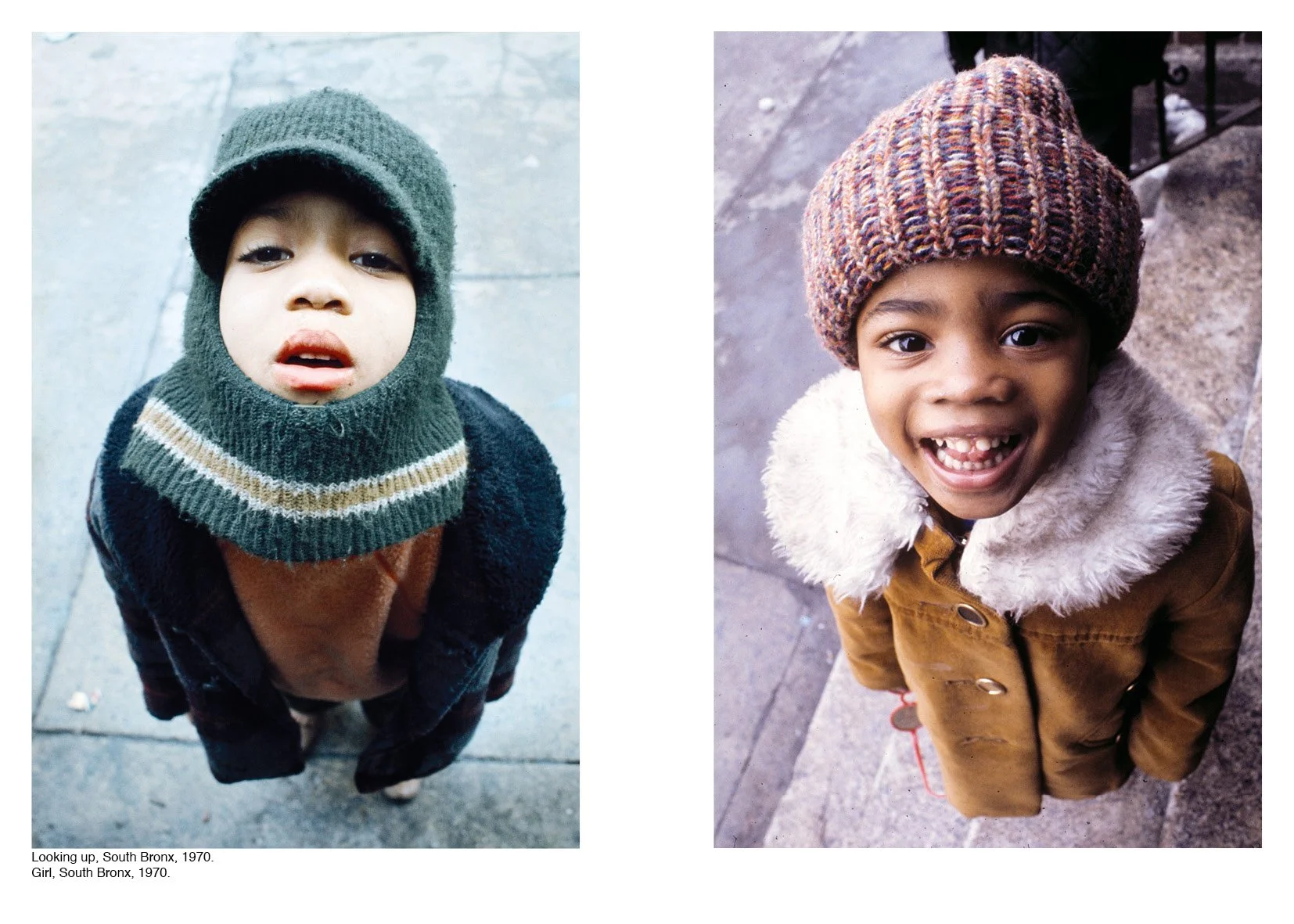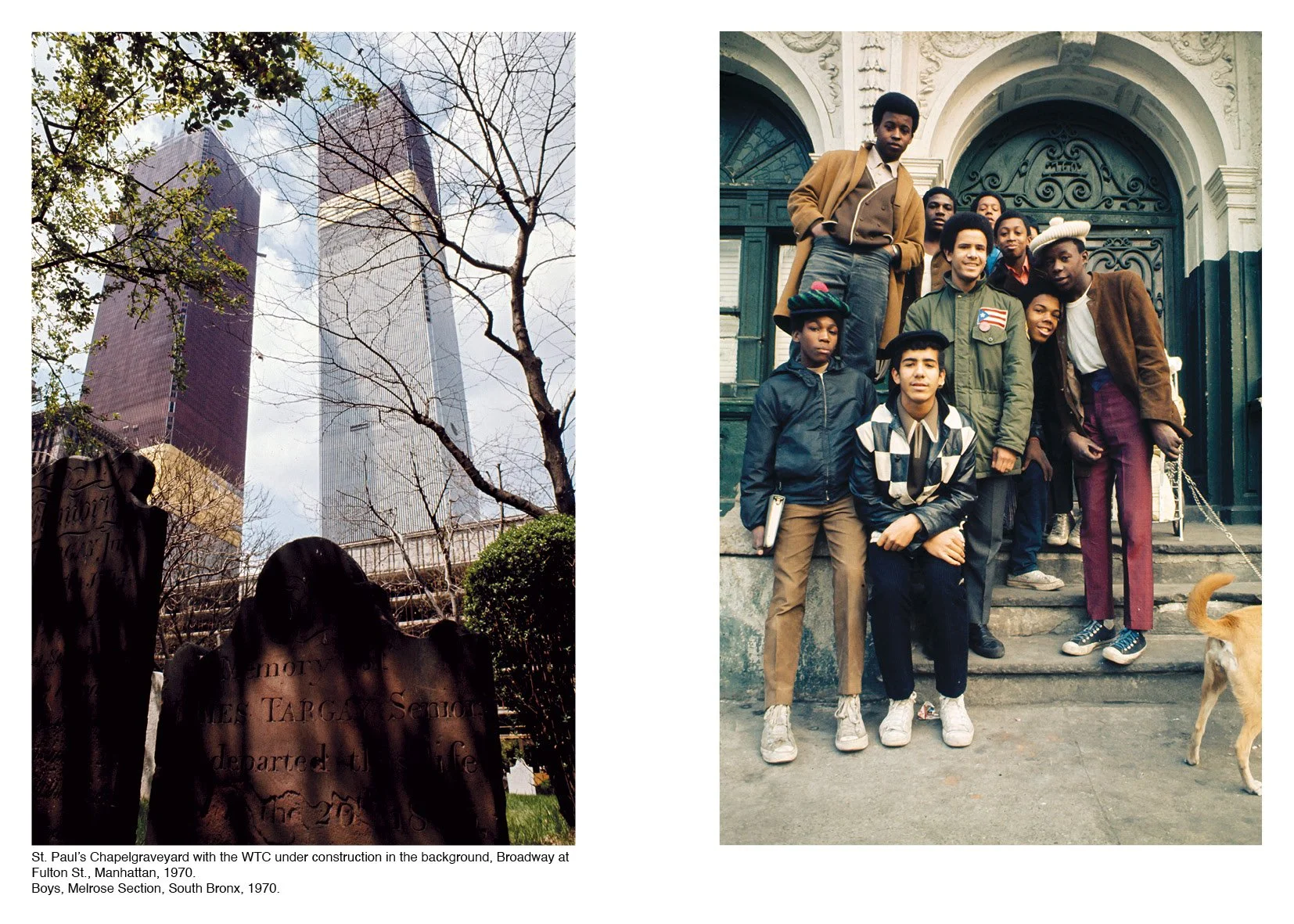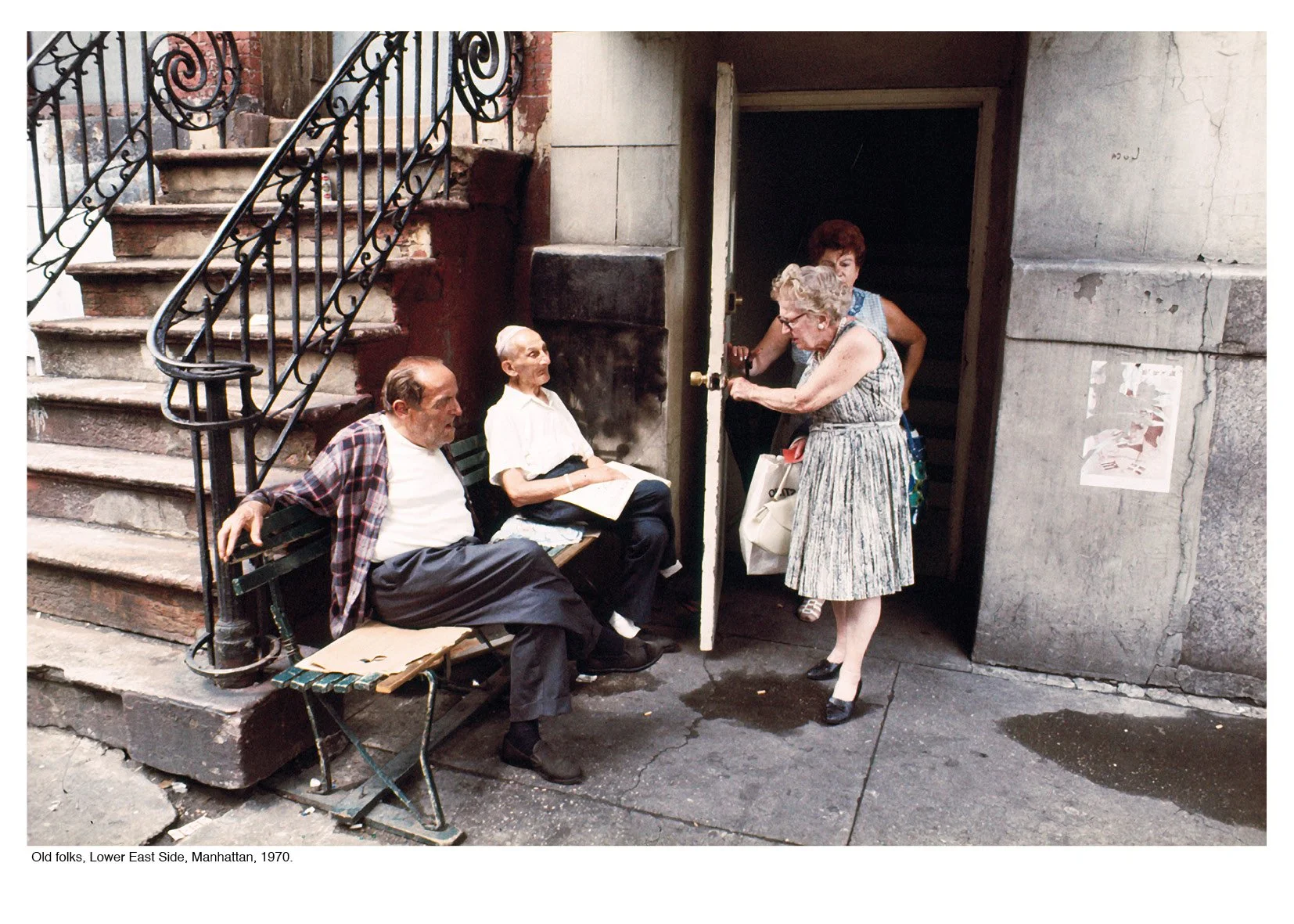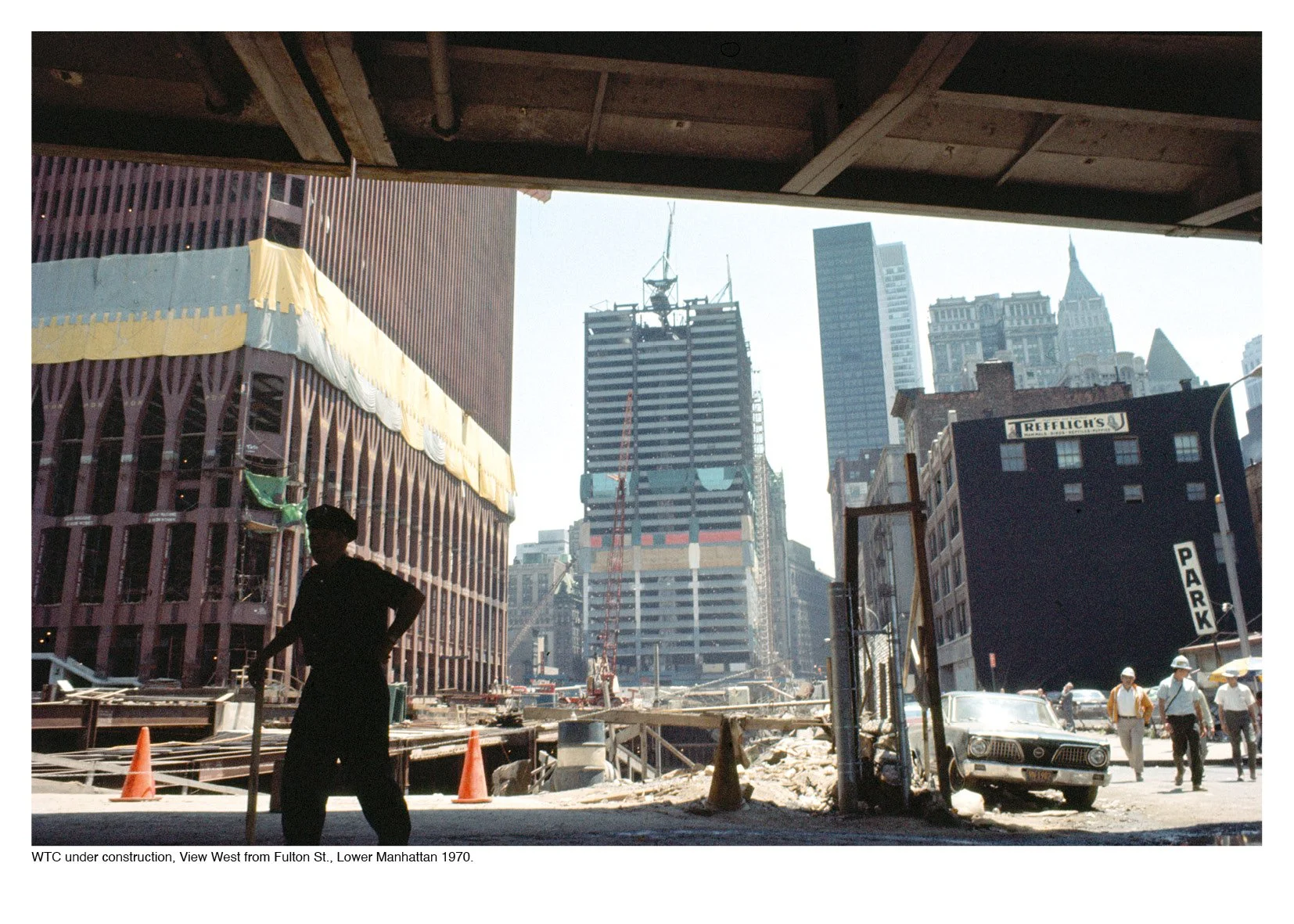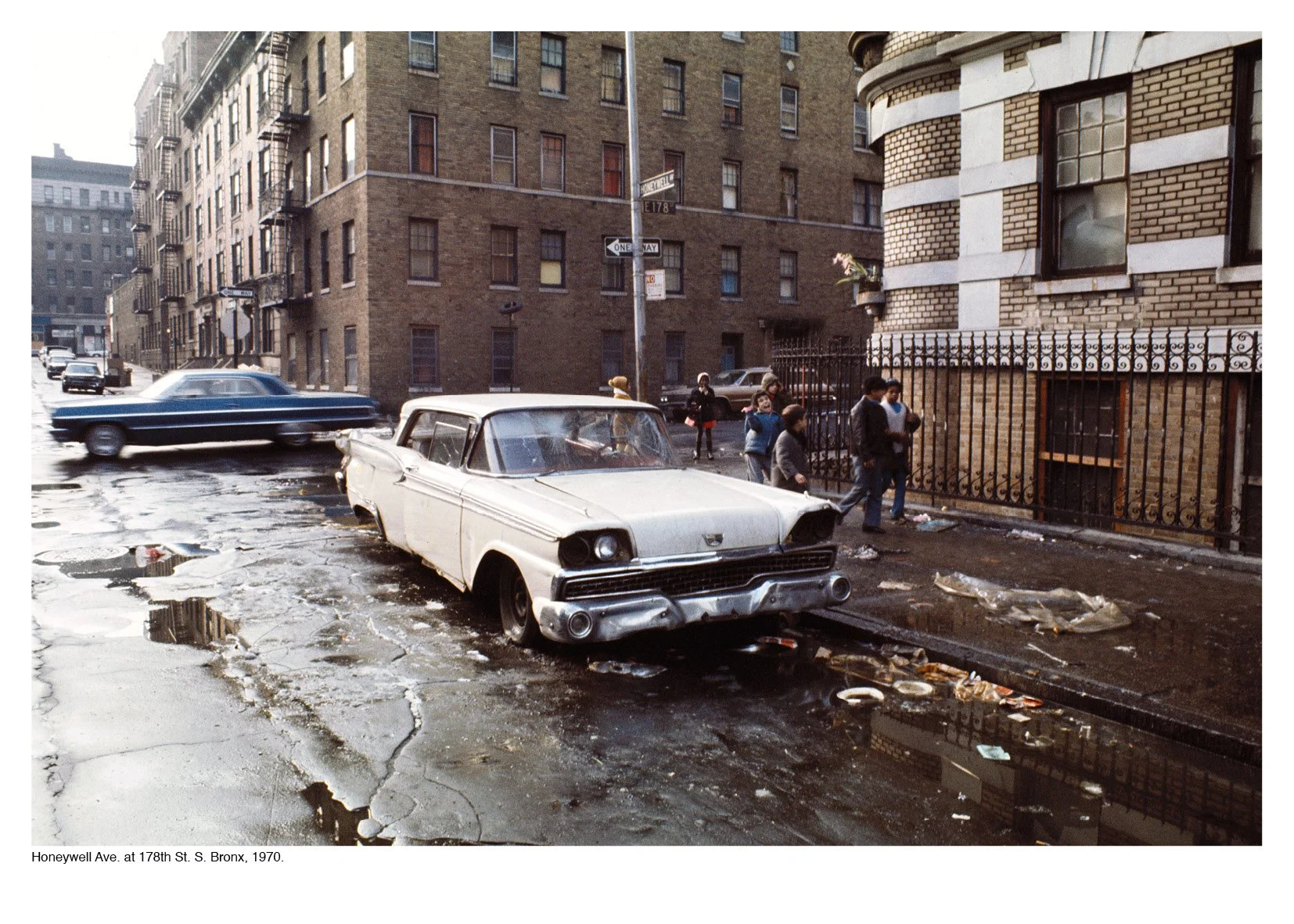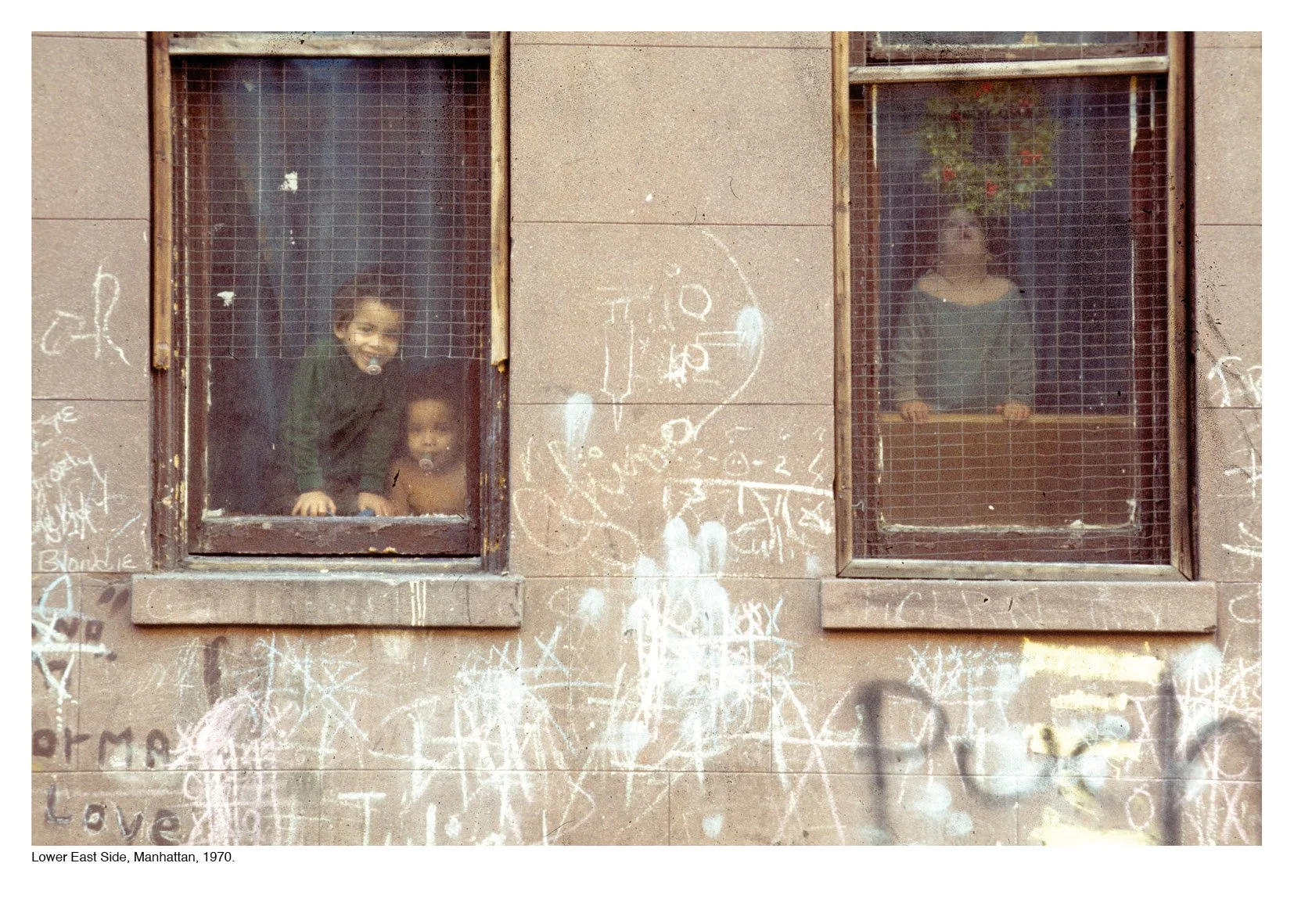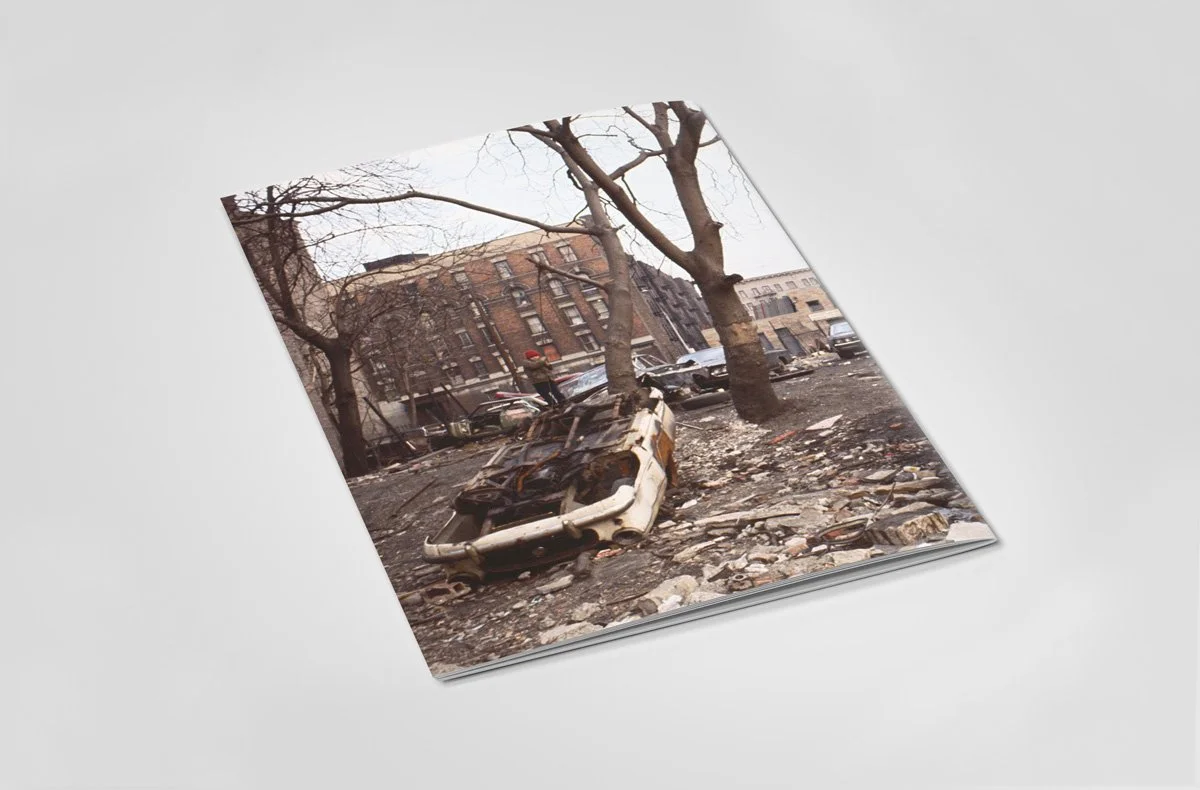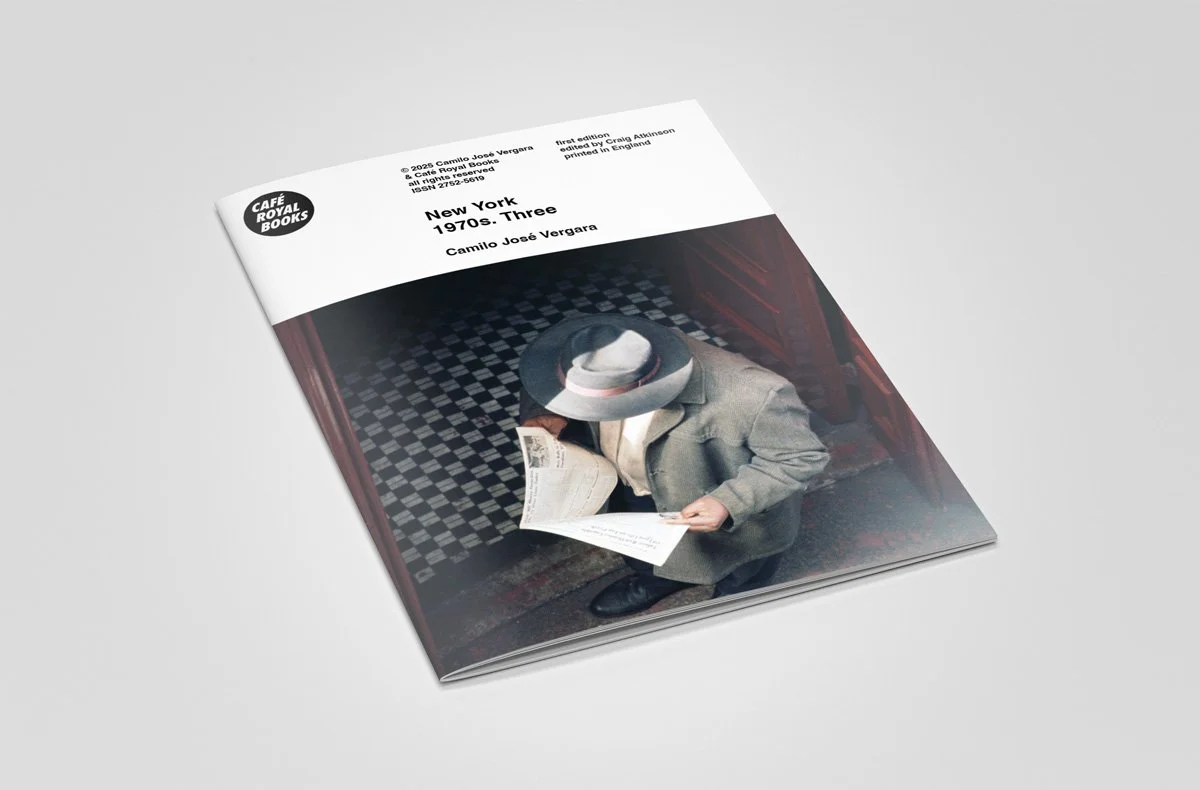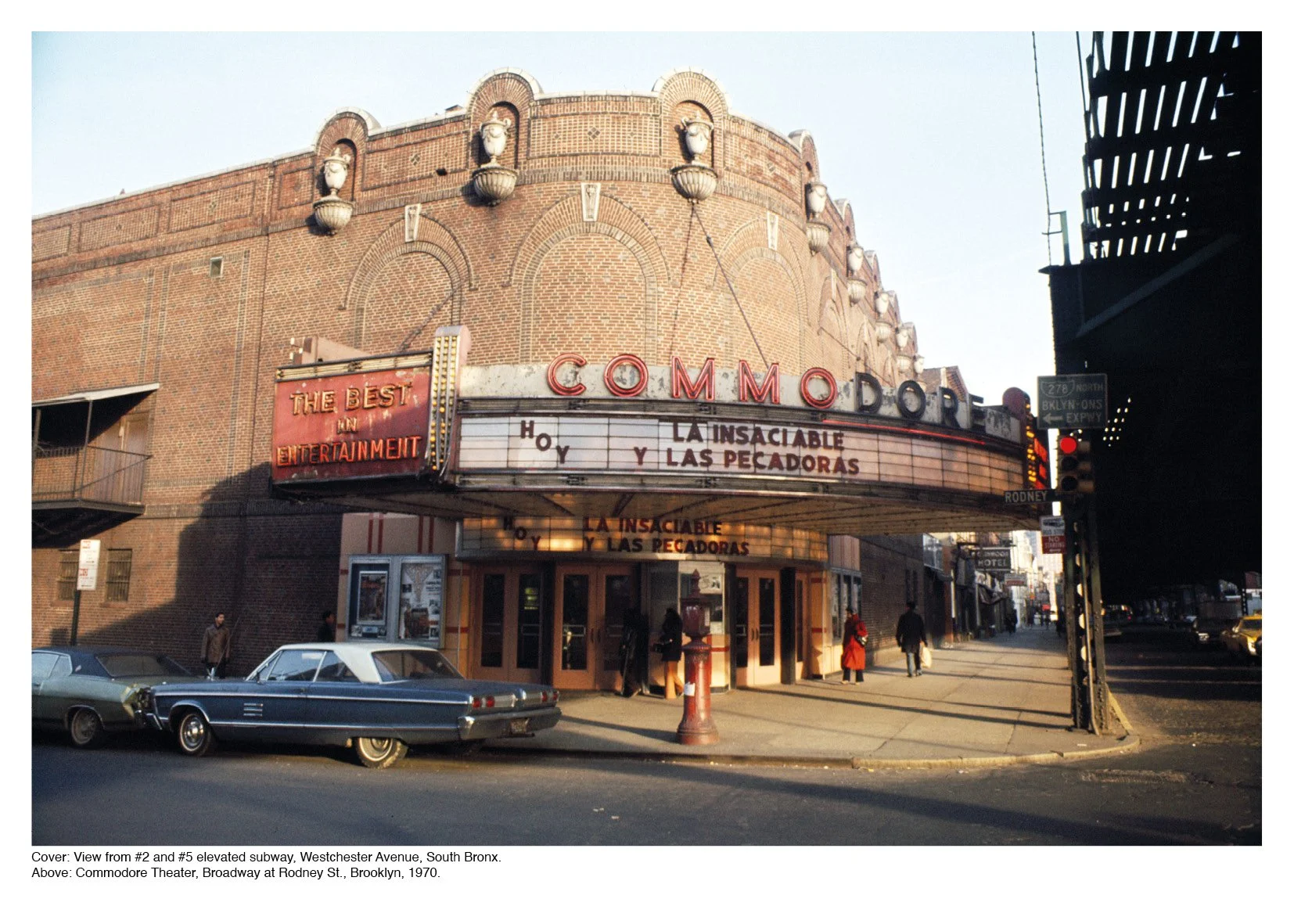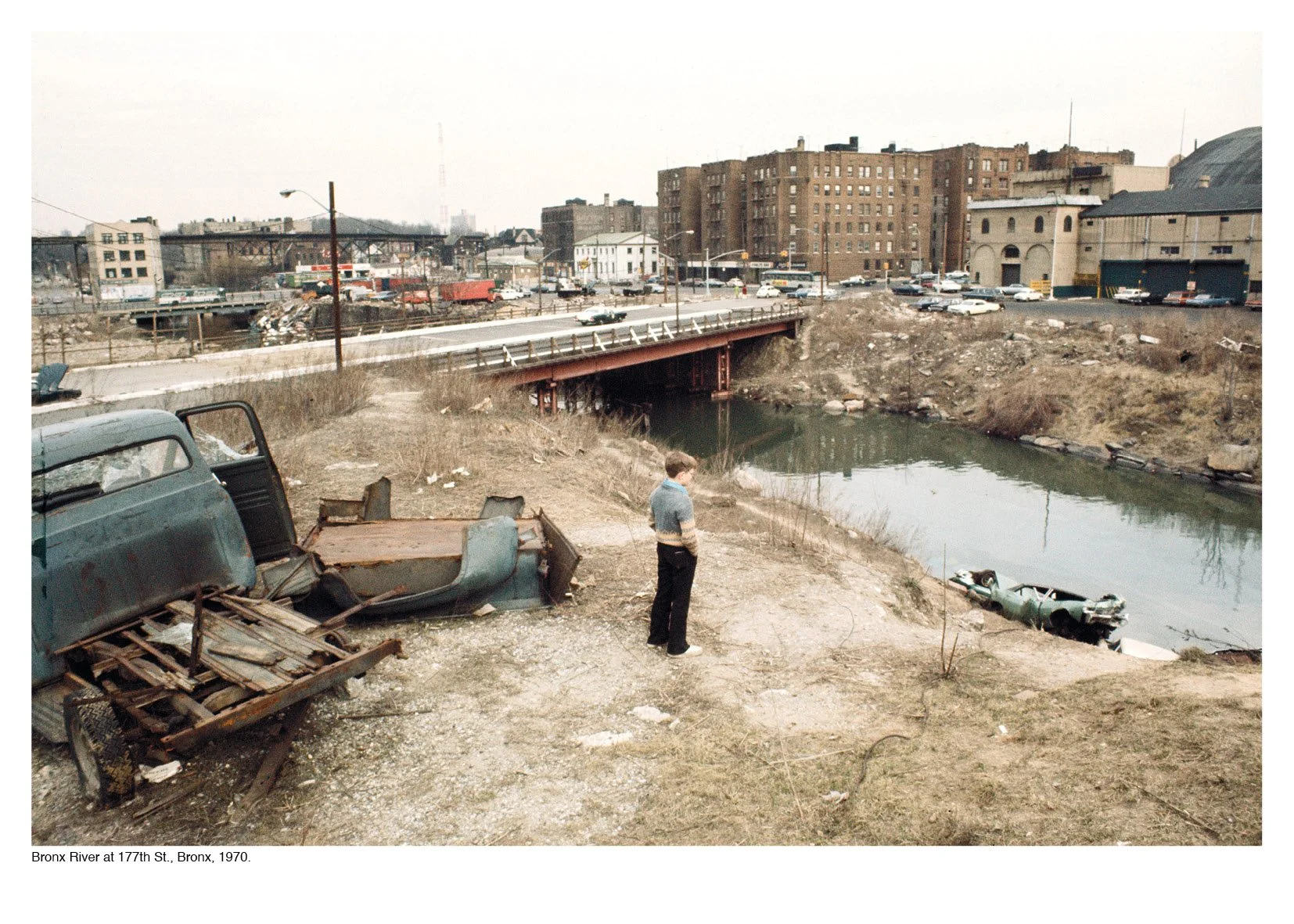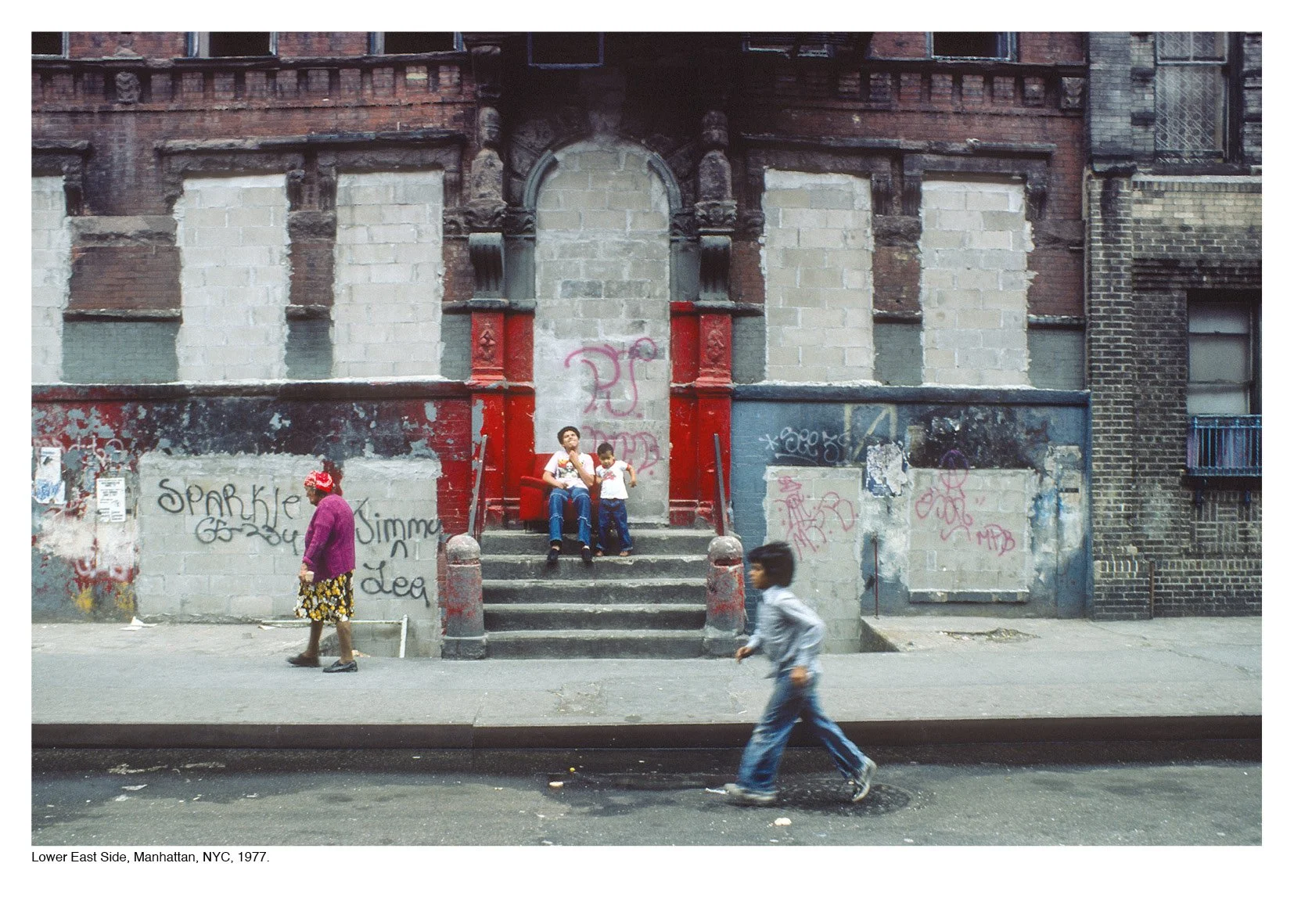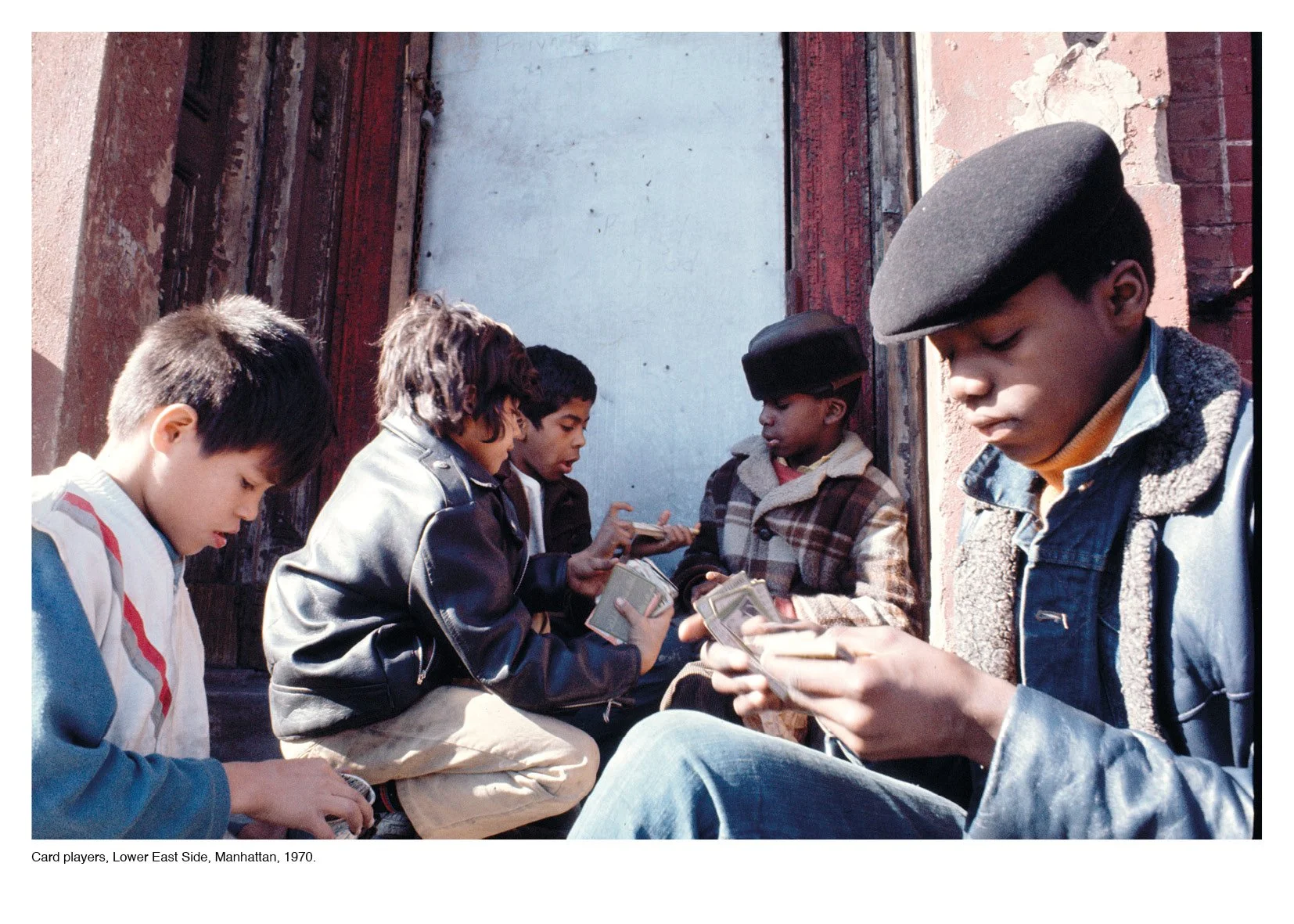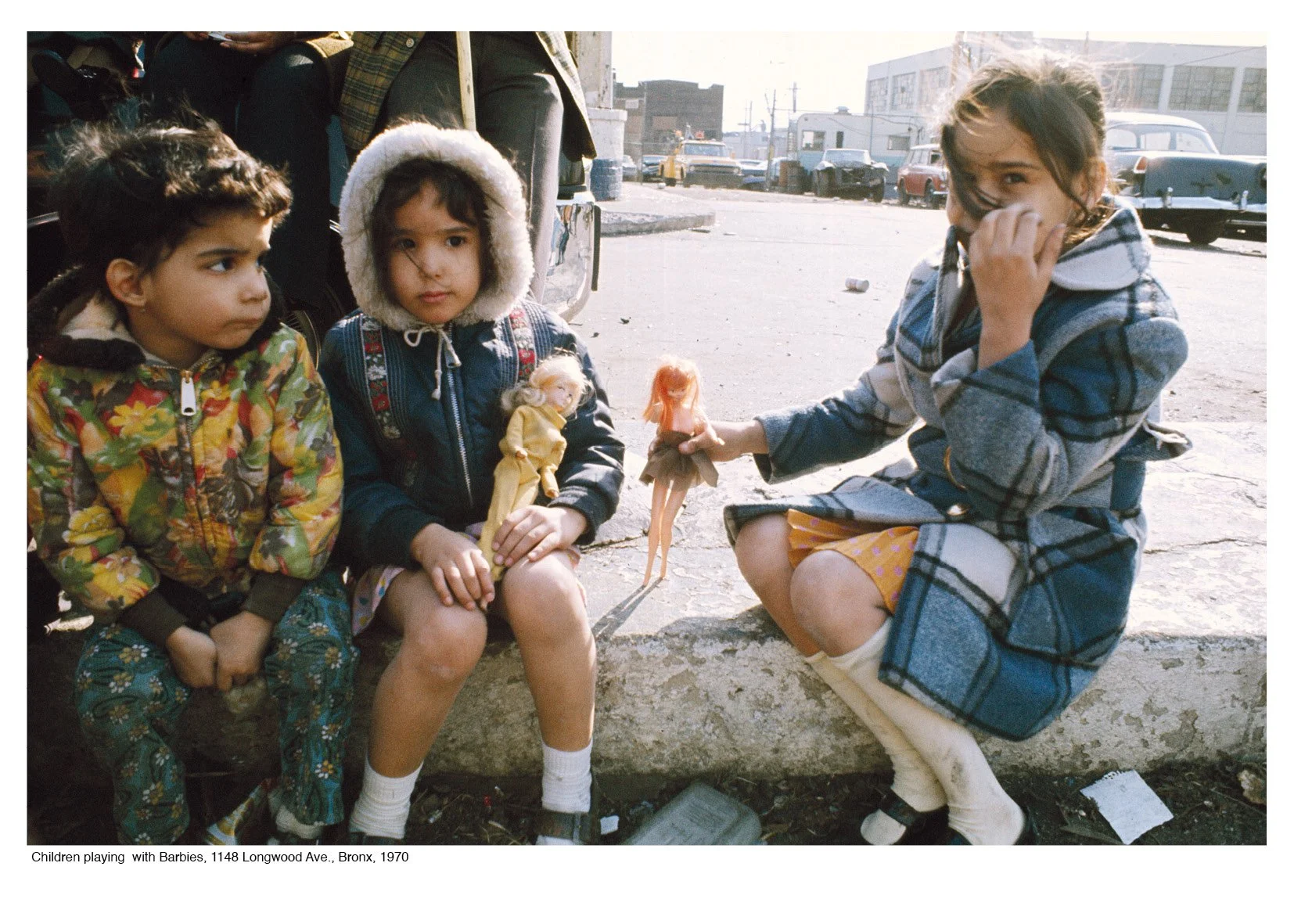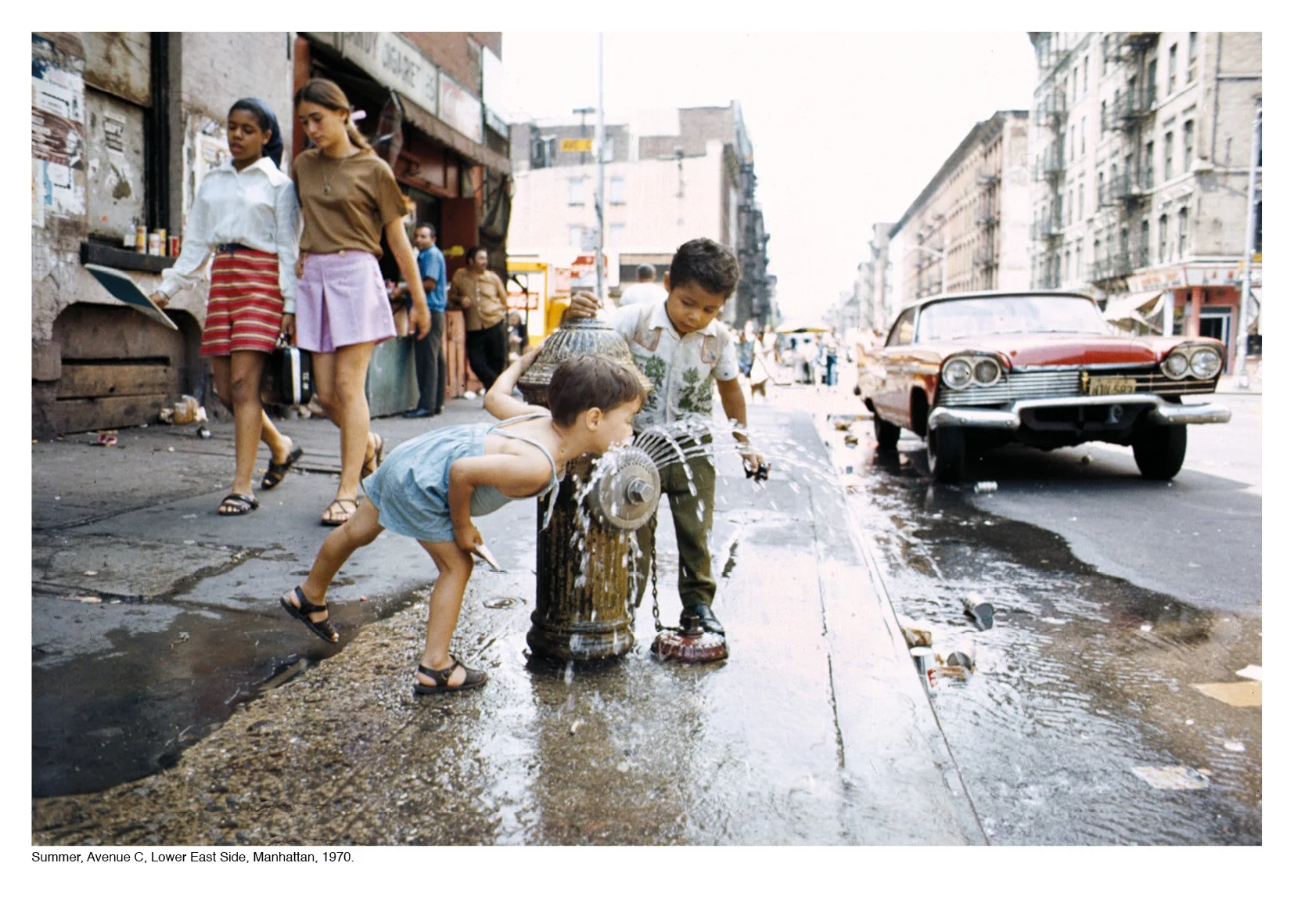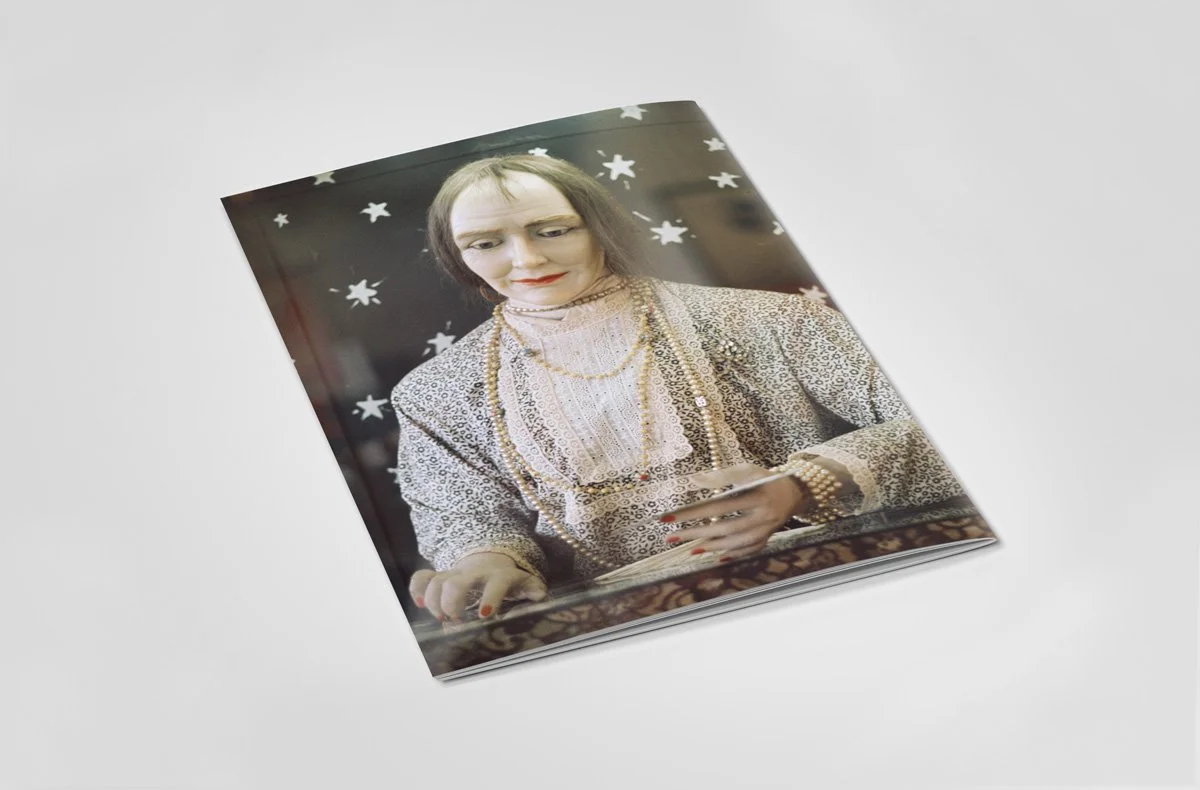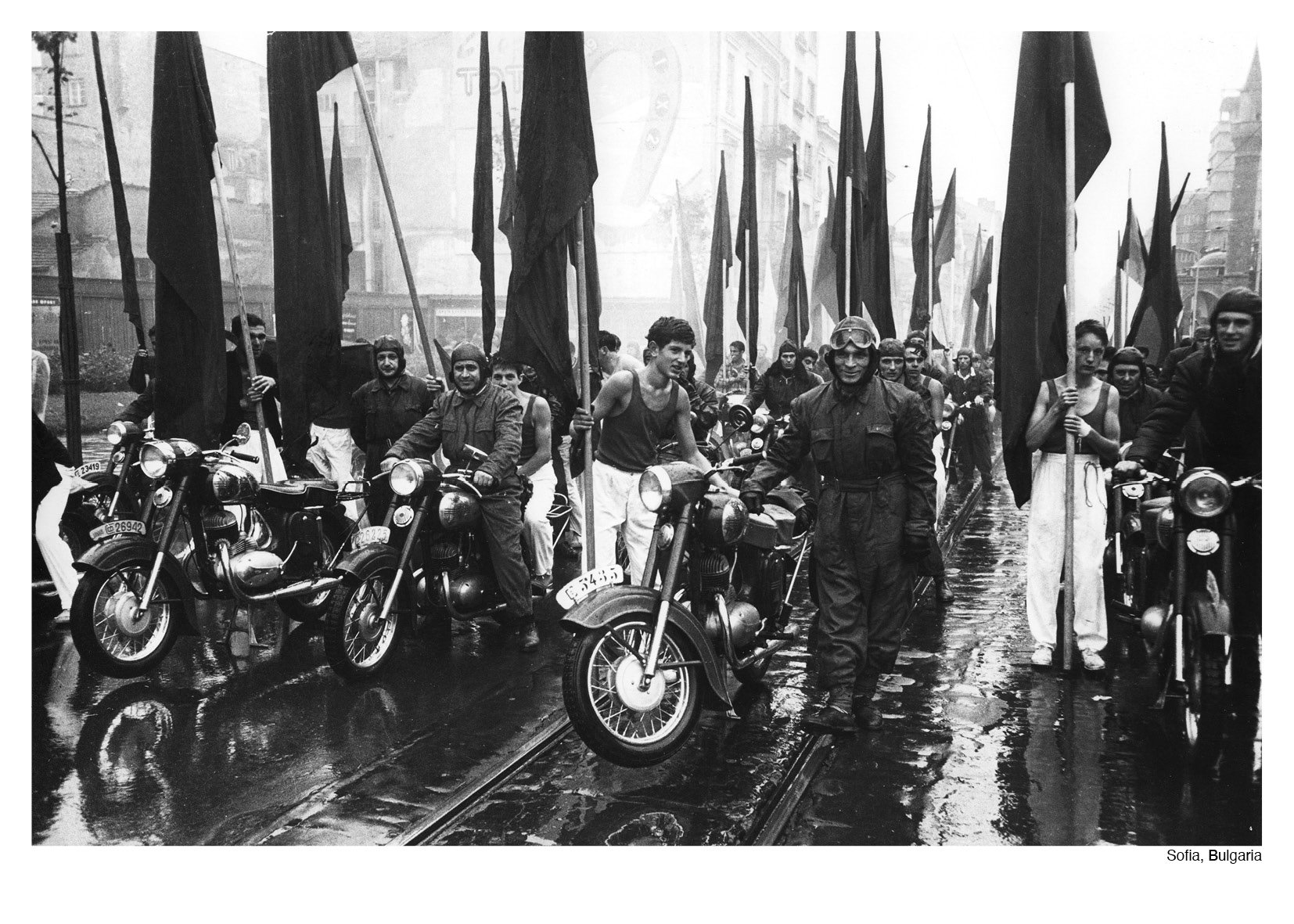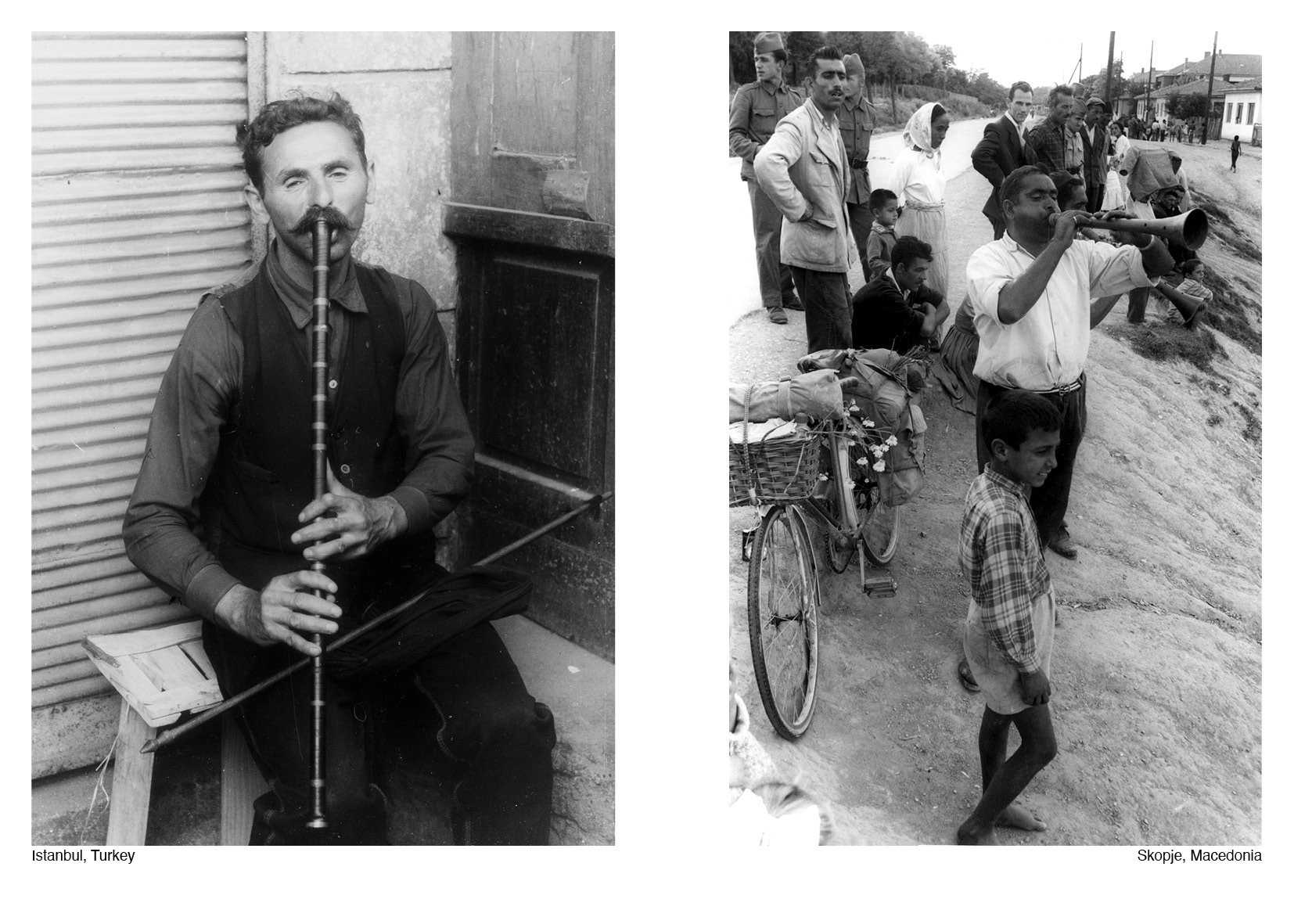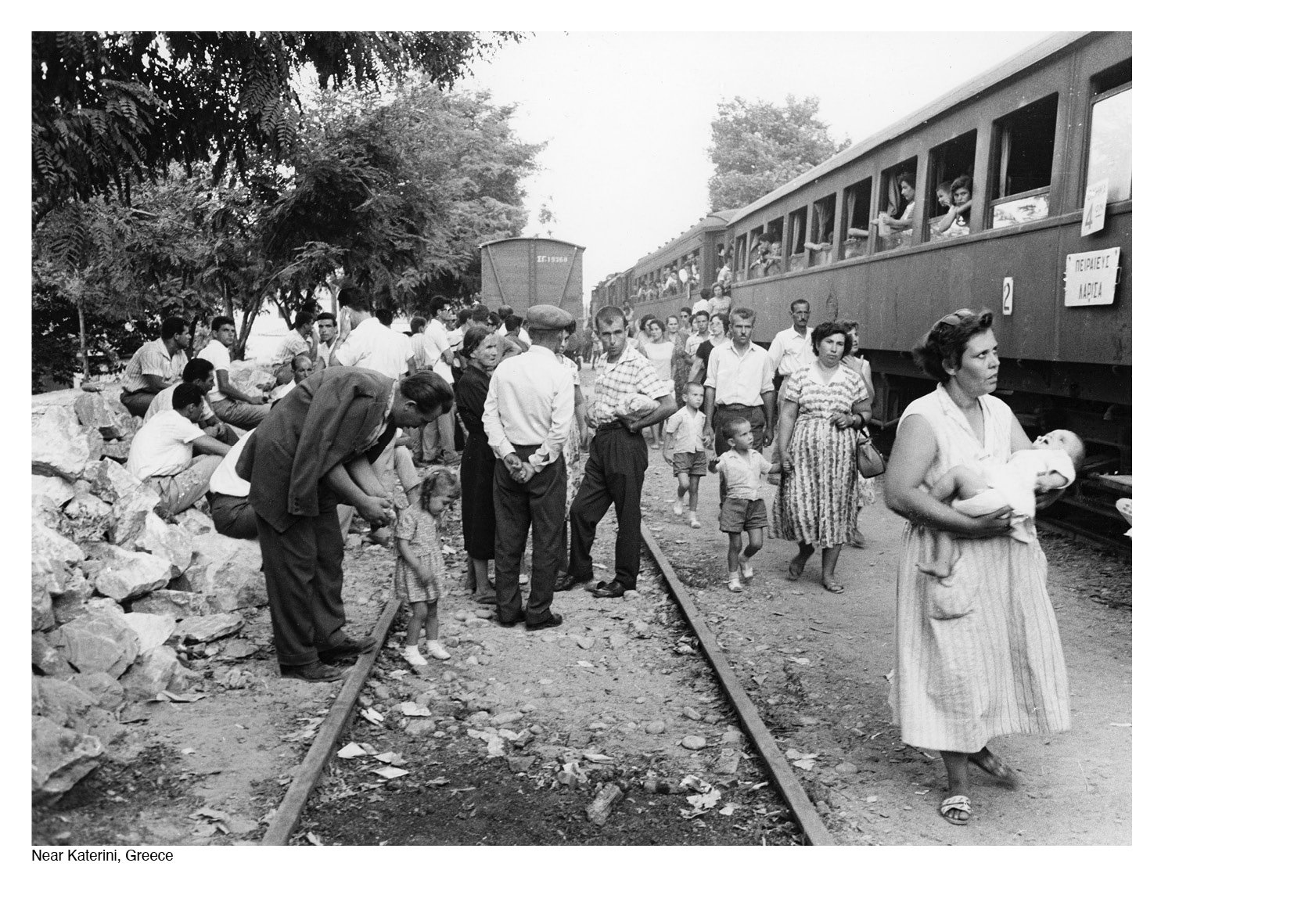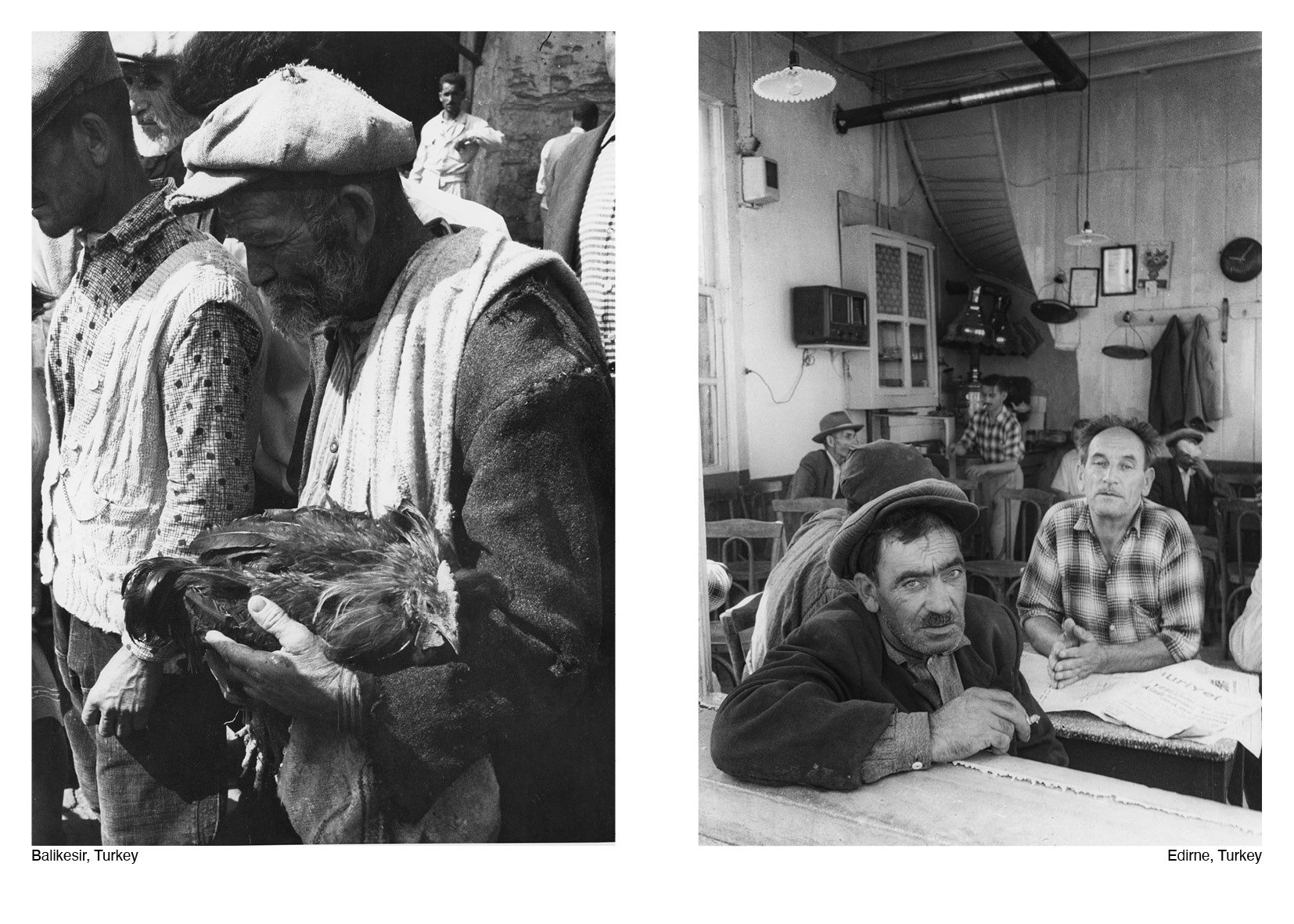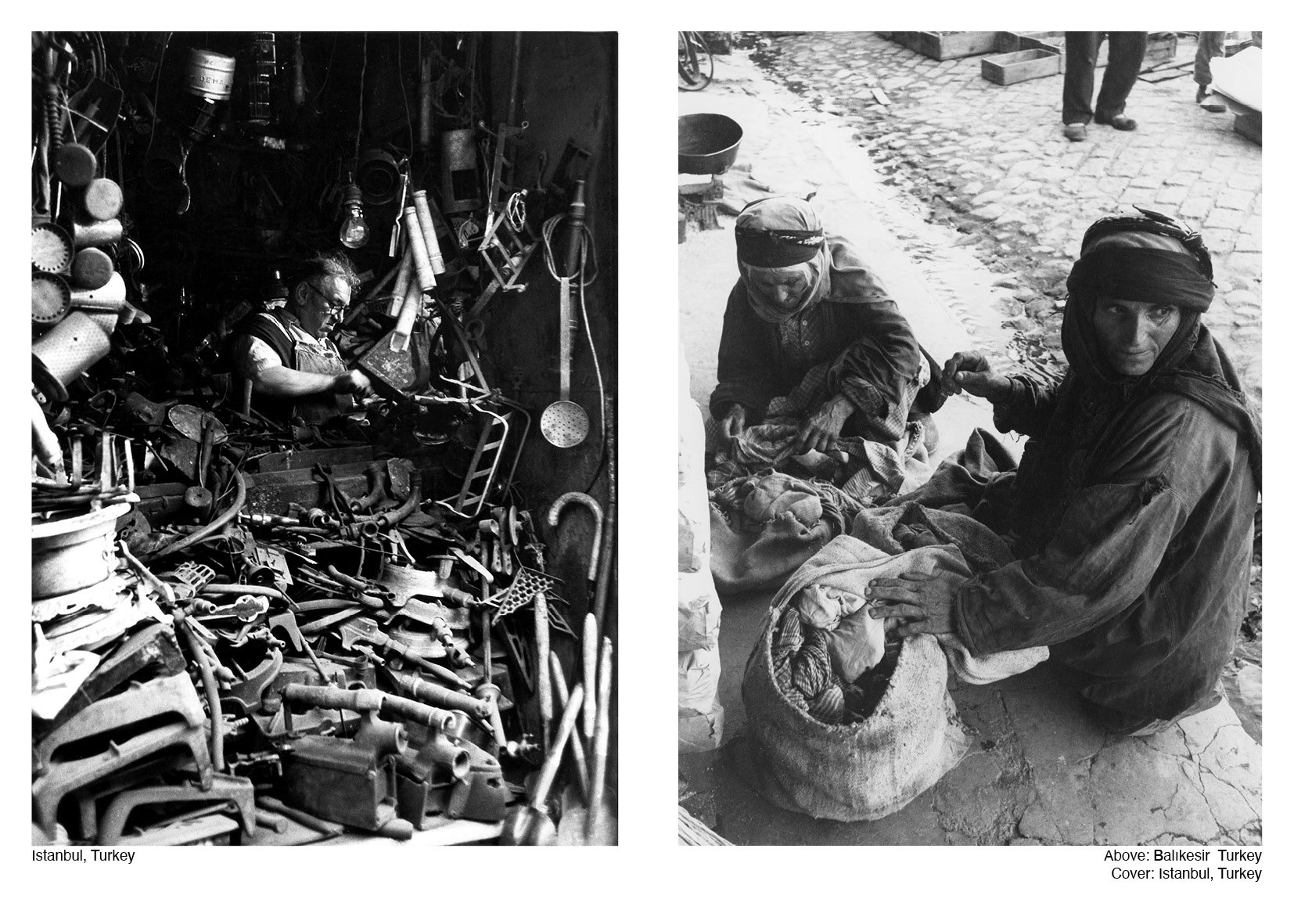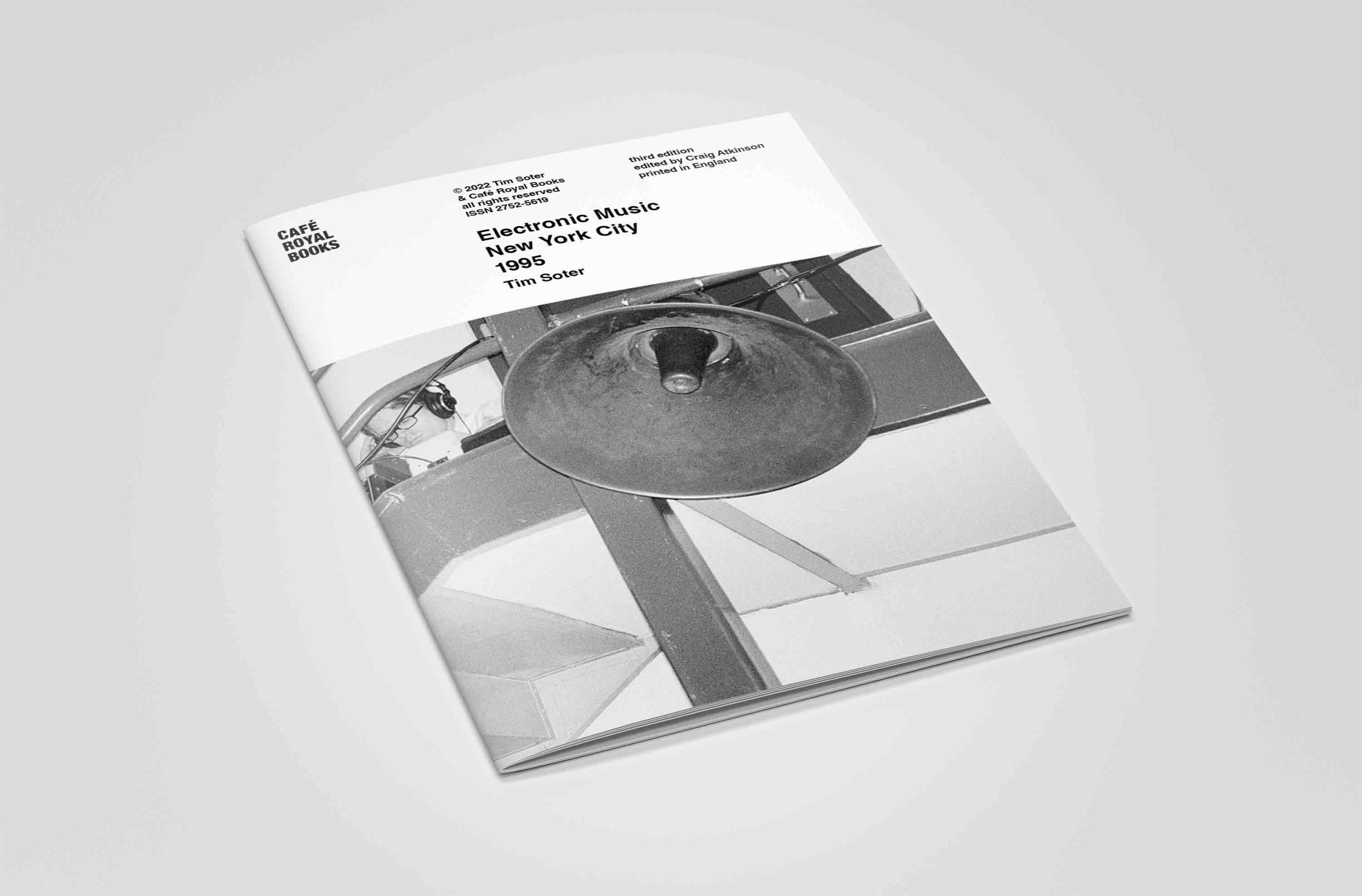 Image 1 of 19
Image 1 of 19

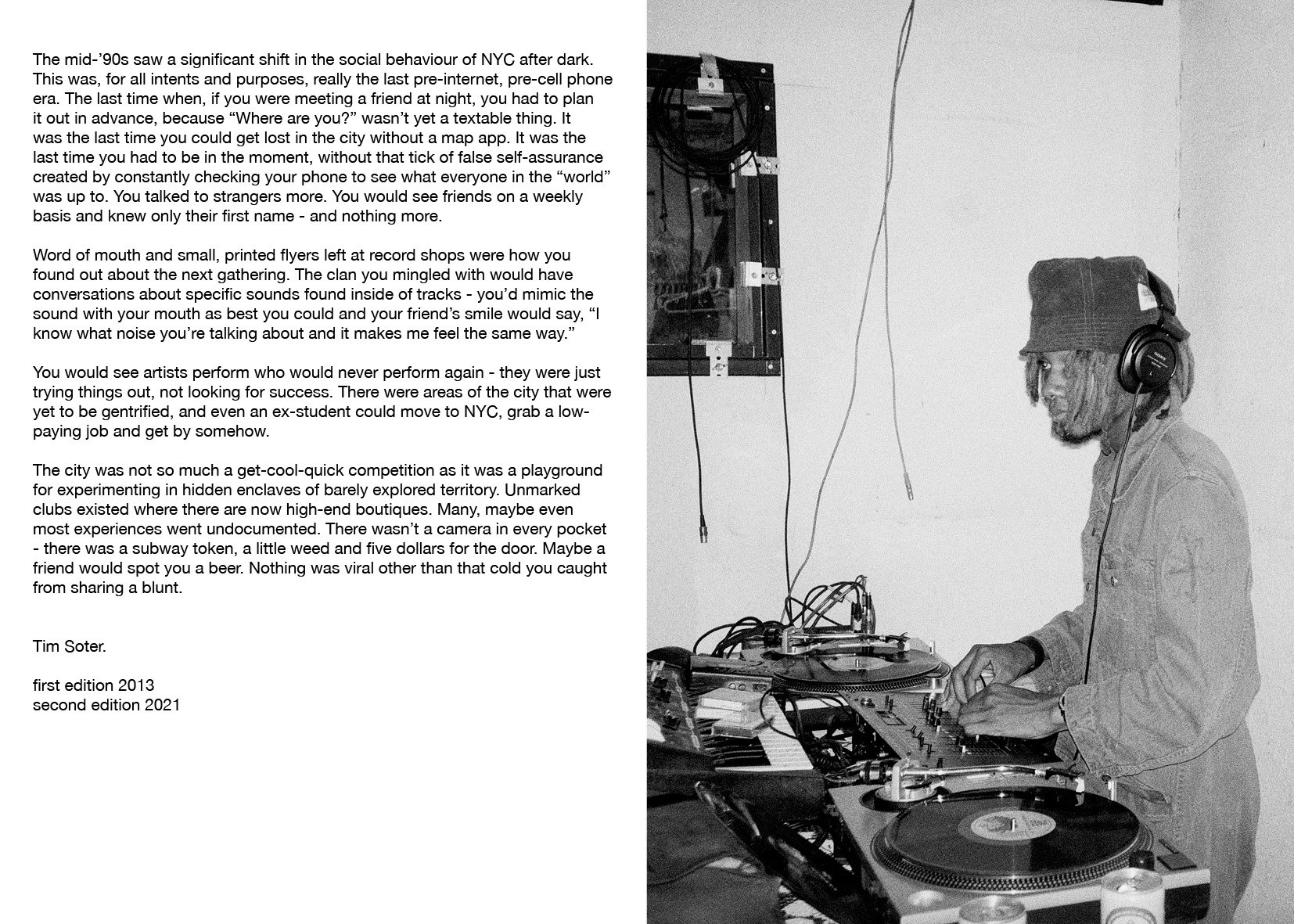 Image 2 of 19
Image 2 of 19

 Image 3 of 19
Image 3 of 19

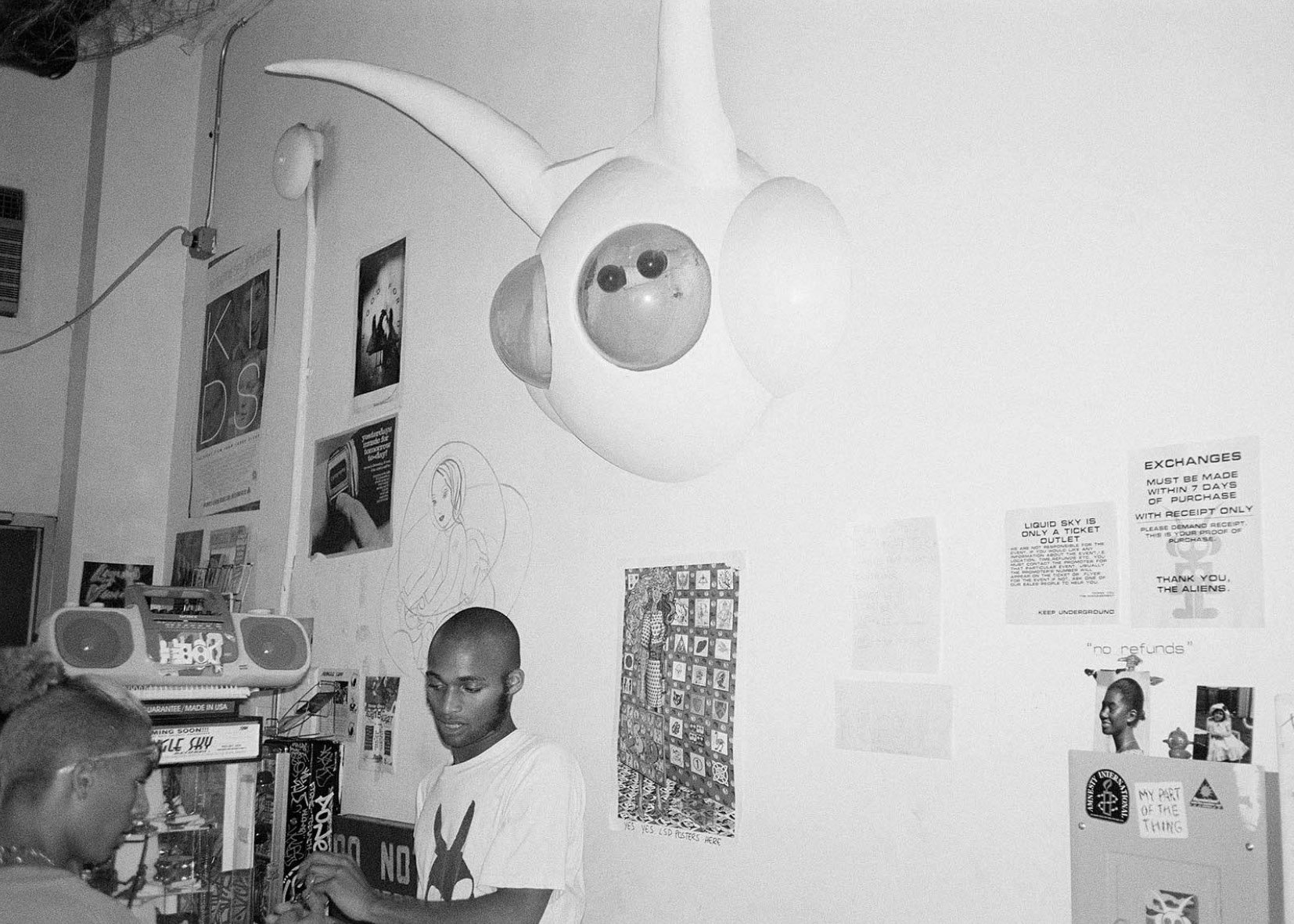 Image 4 of 19
Image 4 of 19

 Image 5 of 19
Image 5 of 19

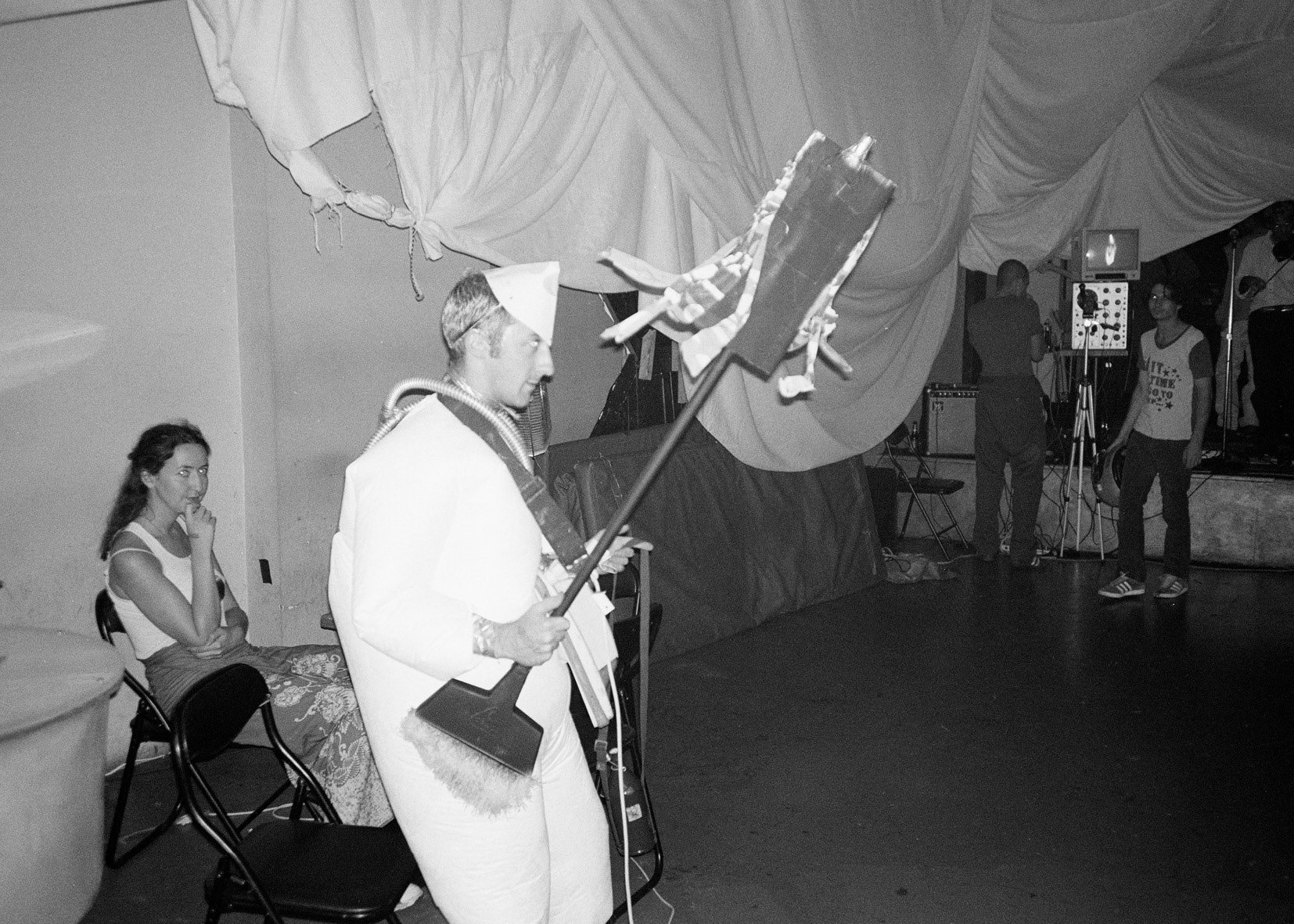 Image 6 of 19
Image 6 of 19

 Image 7 of 19
Image 7 of 19

 Image 8 of 19
Image 8 of 19

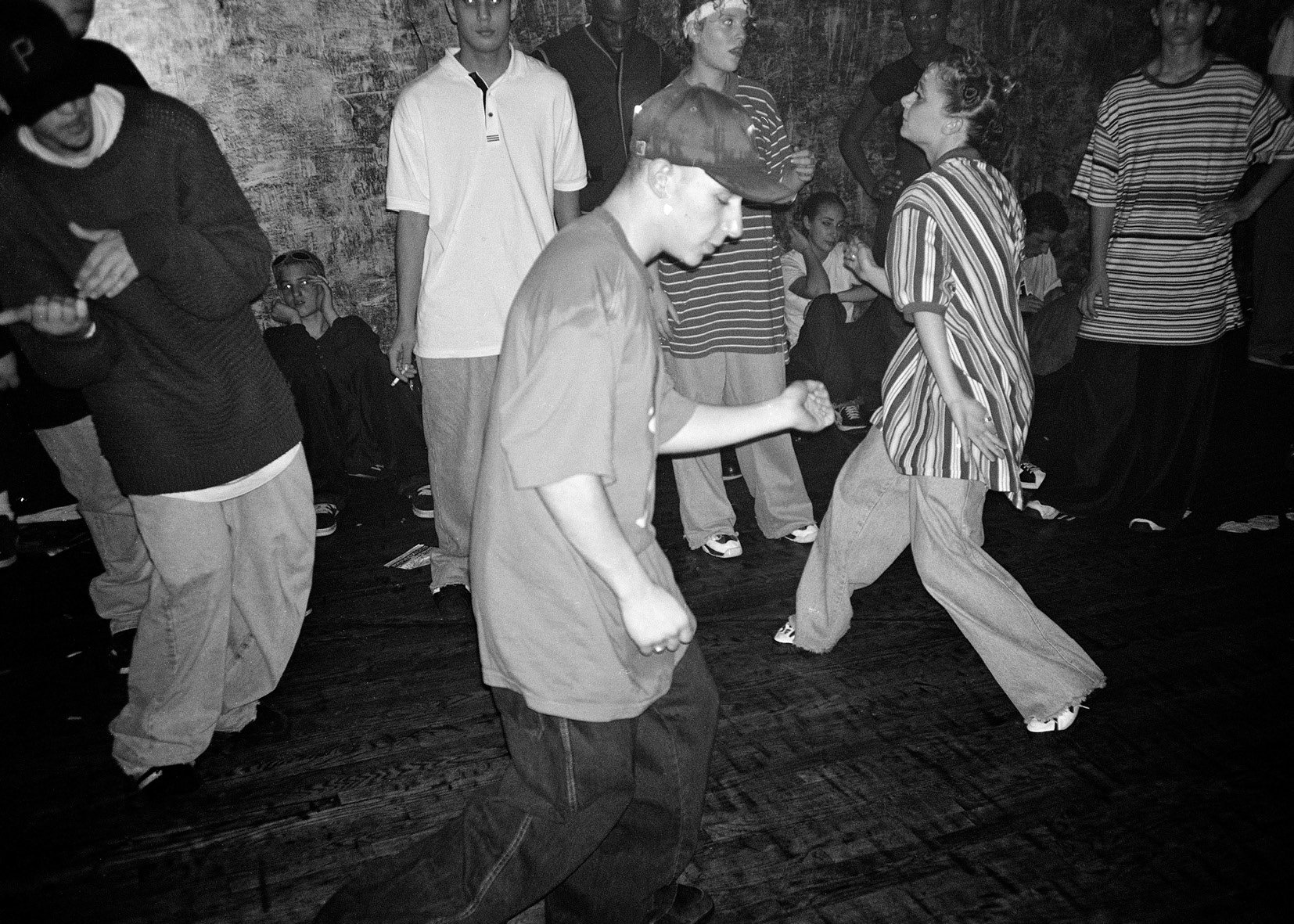 Image 9 of 19
Image 9 of 19

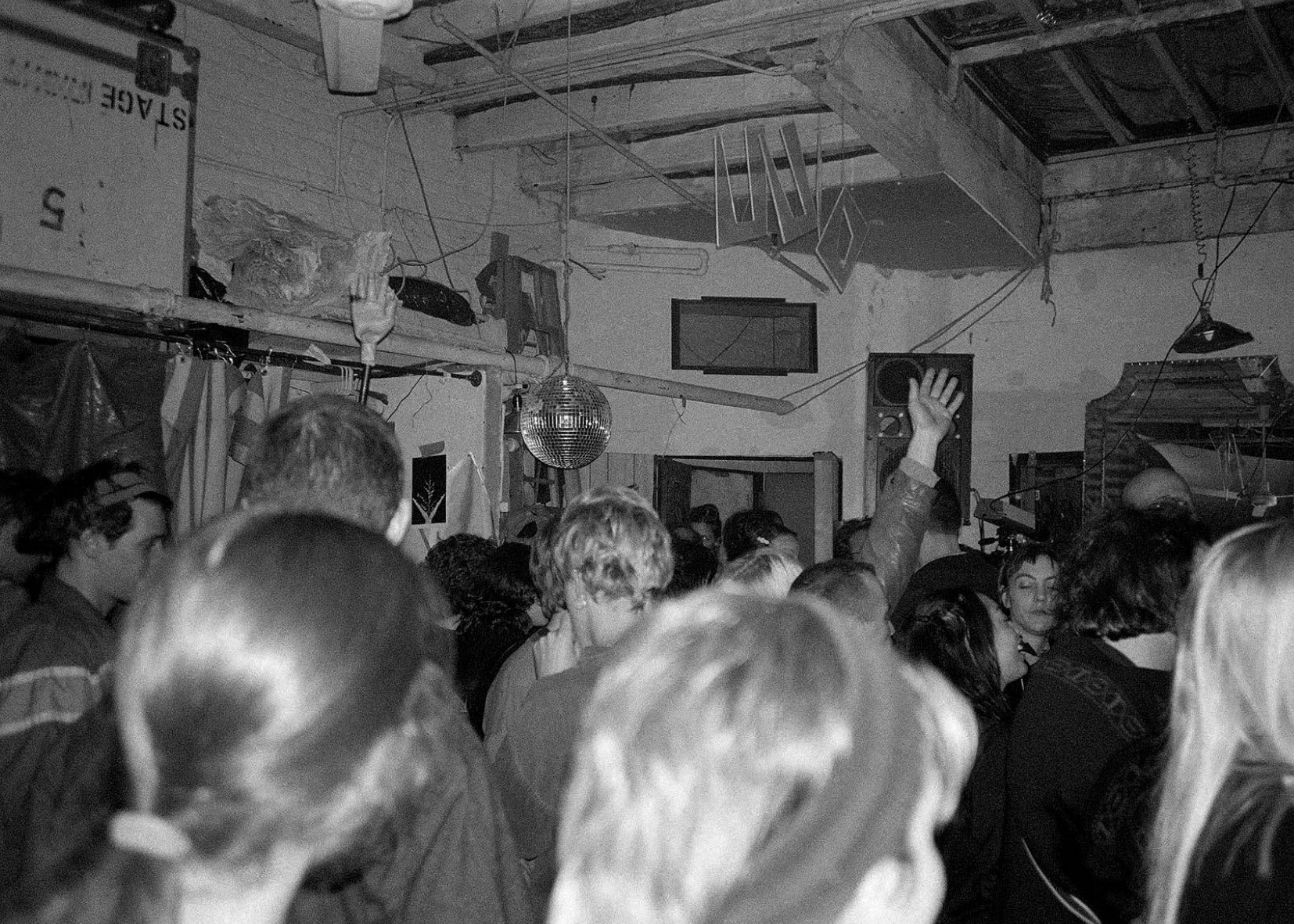 Image 10 of 19
Image 10 of 19

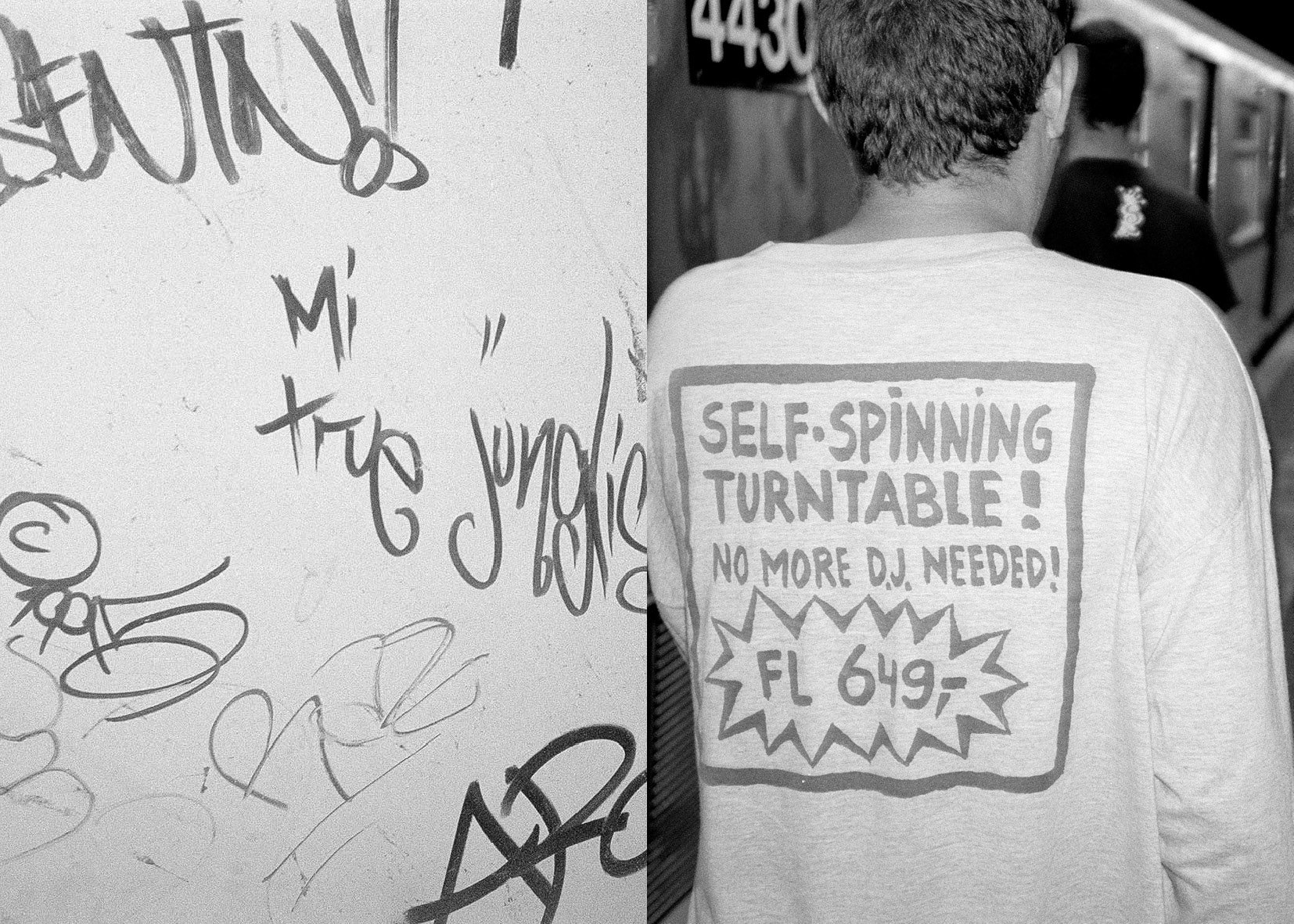 Image 11 of 19
Image 11 of 19

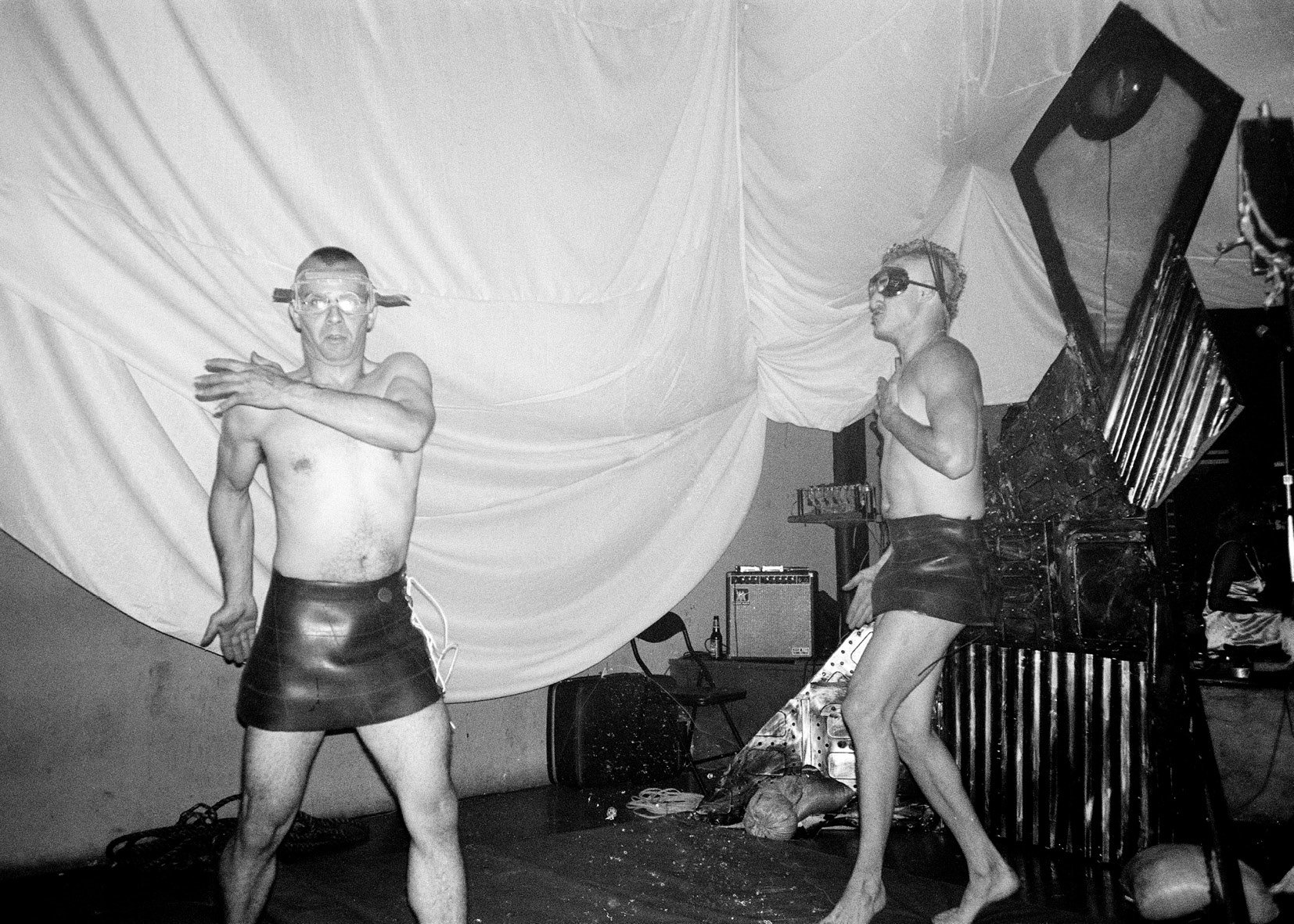 Image 12 of 19
Image 12 of 19

 Image 13 of 19
Image 13 of 19

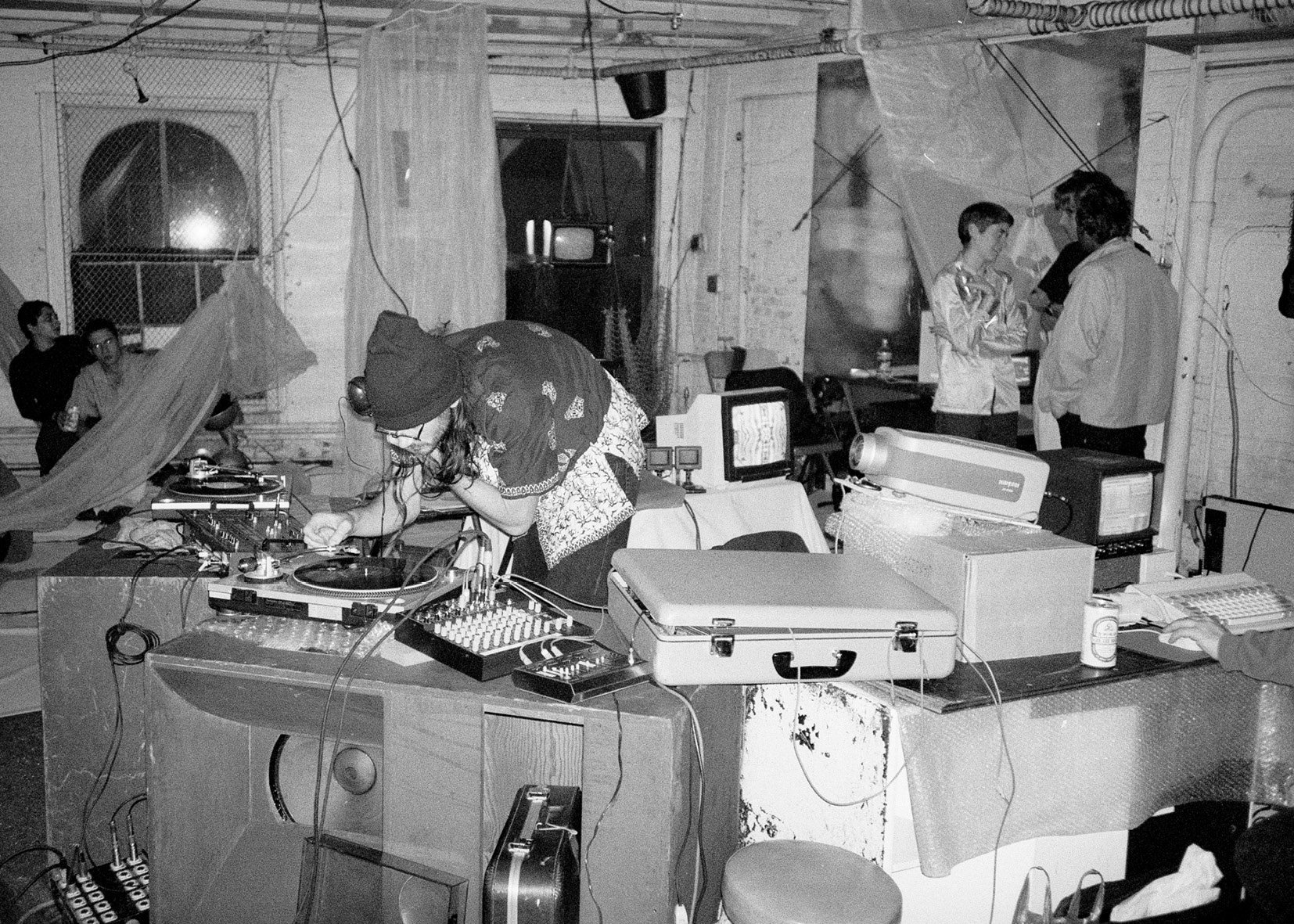 Image 14 of 19
Image 14 of 19

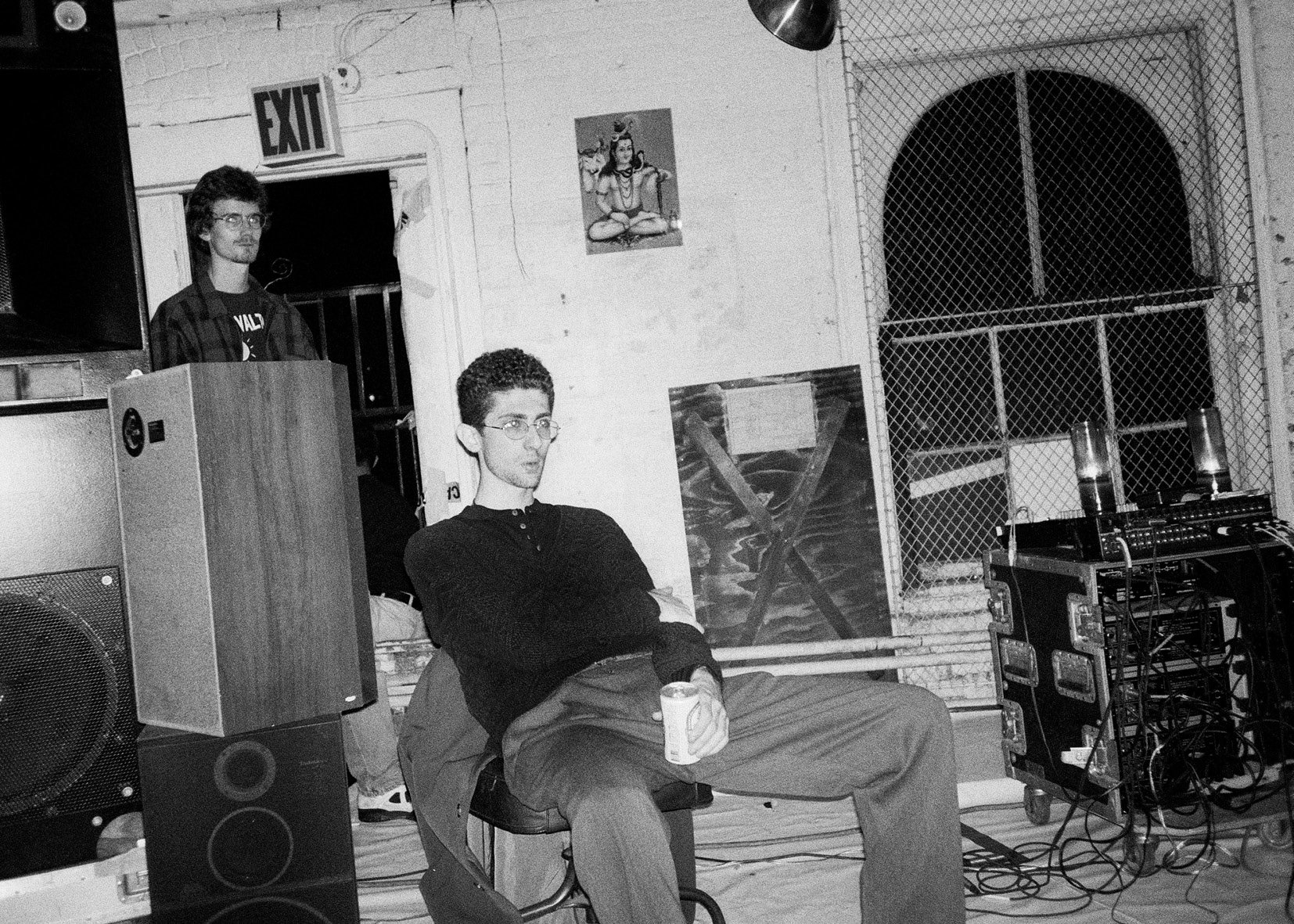 Image 15 of 19
Image 15 of 19

 Image 16 of 19
Image 16 of 19

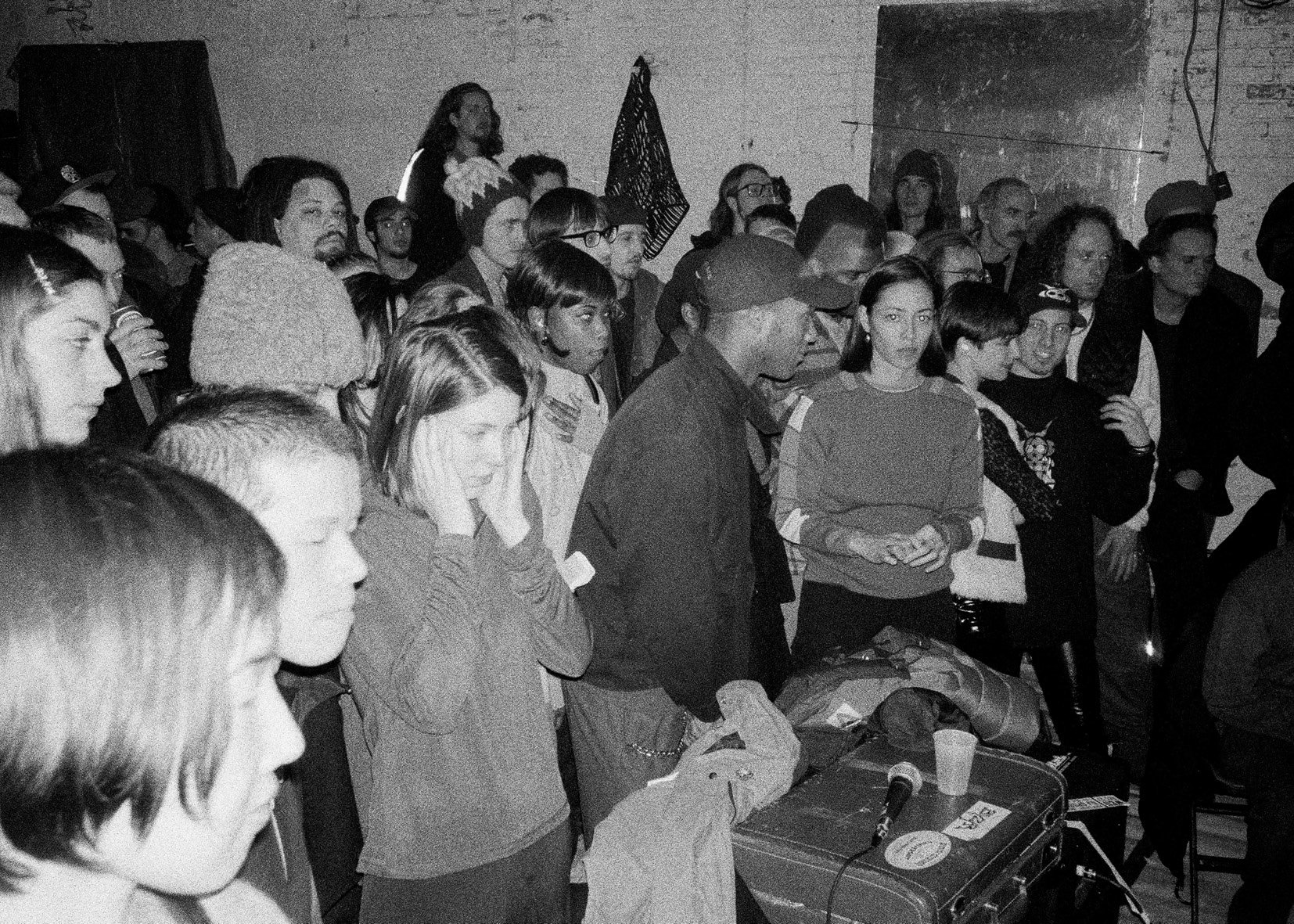 Image 17 of 19
Image 17 of 19

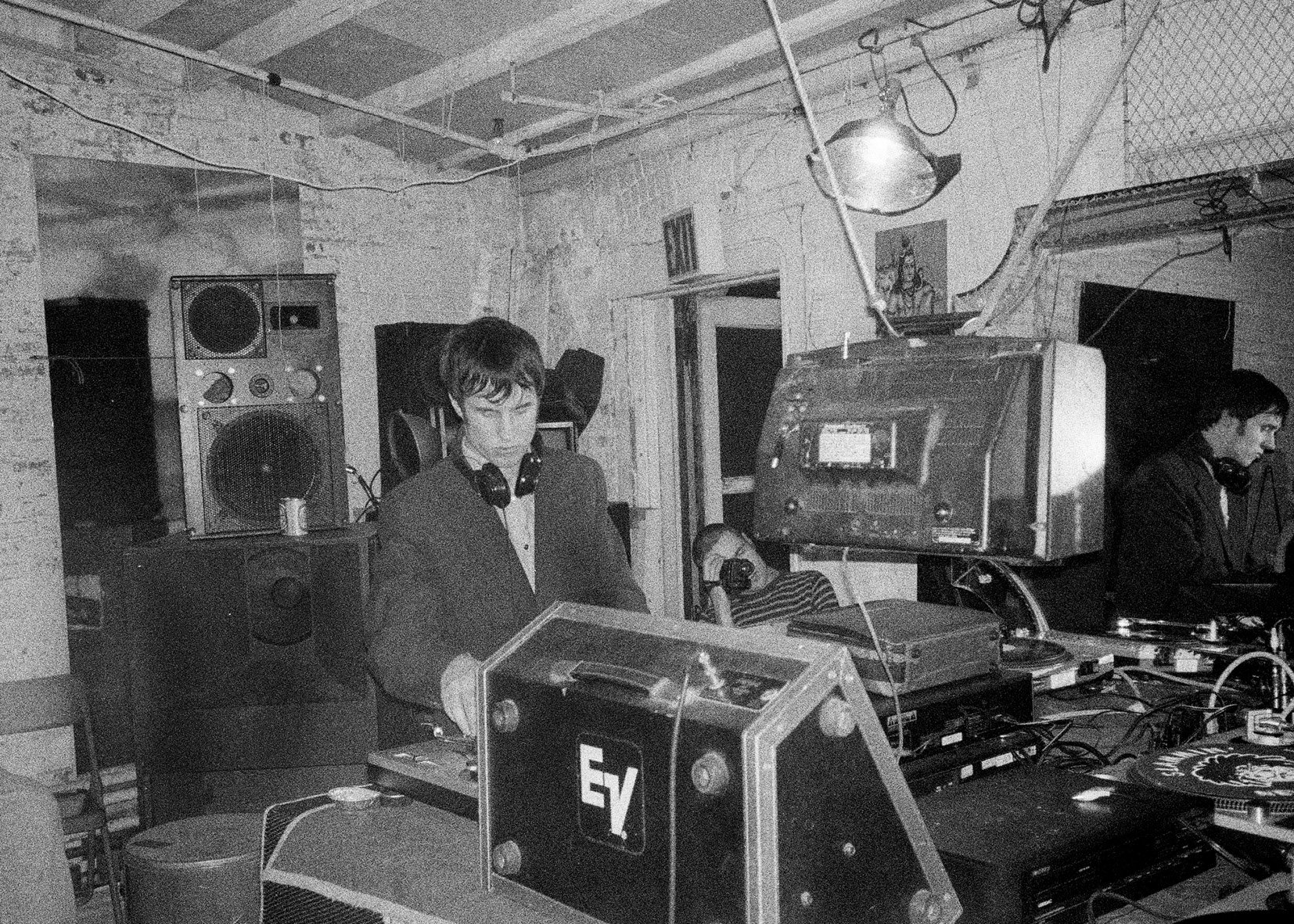 Image 18 of 19
Image 18 of 19

 Image 19 of 19
Image 19 of 19




















Tim Soter — Electronic Music New York City 1995
36 pages
printed in England
staple bound
14cm x 20cm
third edition
The mid-90s saw a significant shift in the social behaviour of NYC after dark. This was, for all intents and purposes, really the last pre-internet, pre-cell phone era. The last time when, if you were meeting a friend at night, you had to plan it out in advance, because “Where are you?” wasn’t yet a textable thing. It was the last time you could get lost in the city without a map app. It was the last time you had to be in the moment, without that tick of false self-assurance created by constantly checking your phone to see what everyone in the “world” was up to. You talked to strangers more. You would see friends on a weekly basis and knew only their first name - and nothing more.
Word of mouth and small, printed flyers left at record shops were how you found out about the next gathering. The clan you mingled with would have conversations about specific sounds found inside of tracks - you’d mimic the sound with your mouth as best you could and your friend’s smile would say, “I know what noise you’re talking about and it makes me feel the same way.”
You would see artists perform who would never perform again - they were just trying things out, not looking for success. There were areas of the city that were yet to be gentrified, and even an ex-student could move to NYC, grab a low-paying job and get by somehow.
The city was not so much a get-cool-quick competition as it was a playground for experimenting in hidden enclaves of barely explored territory. Unmarked clubs existed where there are now high-end boutiques. Many, maybe even most experiences went undocumented. There wasn’t a camera in every pocket - there was a subway token, a little weed and five dollars for the door. Maybe a friend would spot you a beer. Nothing was viral other than that cold you caught from sharing a blunt.
Tim Soter.
36 pages
printed in England
staple bound
14cm x 20cm
third edition
The mid-90s saw a significant shift in the social behaviour of NYC after dark. This was, for all intents and purposes, really the last pre-internet, pre-cell phone era. The last time when, if you were meeting a friend at night, you had to plan it out in advance, because “Where are you?” wasn’t yet a textable thing. It was the last time you could get lost in the city without a map app. It was the last time you had to be in the moment, without that tick of false self-assurance created by constantly checking your phone to see what everyone in the “world” was up to. You talked to strangers more. You would see friends on a weekly basis and knew only their first name - and nothing more.
Word of mouth and small, printed flyers left at record shops were how you found out about the next gathering. The clan you mingled with would have conversations about specific sounds found inside of tracks - you’d mimic the sound with your mouth as best you could and your friend’s smile would say, “I know what noise you’re talking about and it makes me feel the same way.”
You would see artists perform who would never perform again - they were just trying things out, not looking for success. There were areas of the city that were yet to be gentrified, and even an ex-student could move to NYC, grab a low-paying job and get by somehow.
The city was not so much a get-cool-quick competition as it was a playground for experimenting in hidden enclaves of barely explored territory. Unmarked clubs existed where there are now high-end boutiques. Many, maybe even most experiences went undocumented. There wasn’t a camera in every pocket - there was a subway token, a little weed and five dollars for the door. Maybe a friend would spot you a beer. Nothing was viral other than that cold you caught from sharing a blunt.
Tim Soter.




















